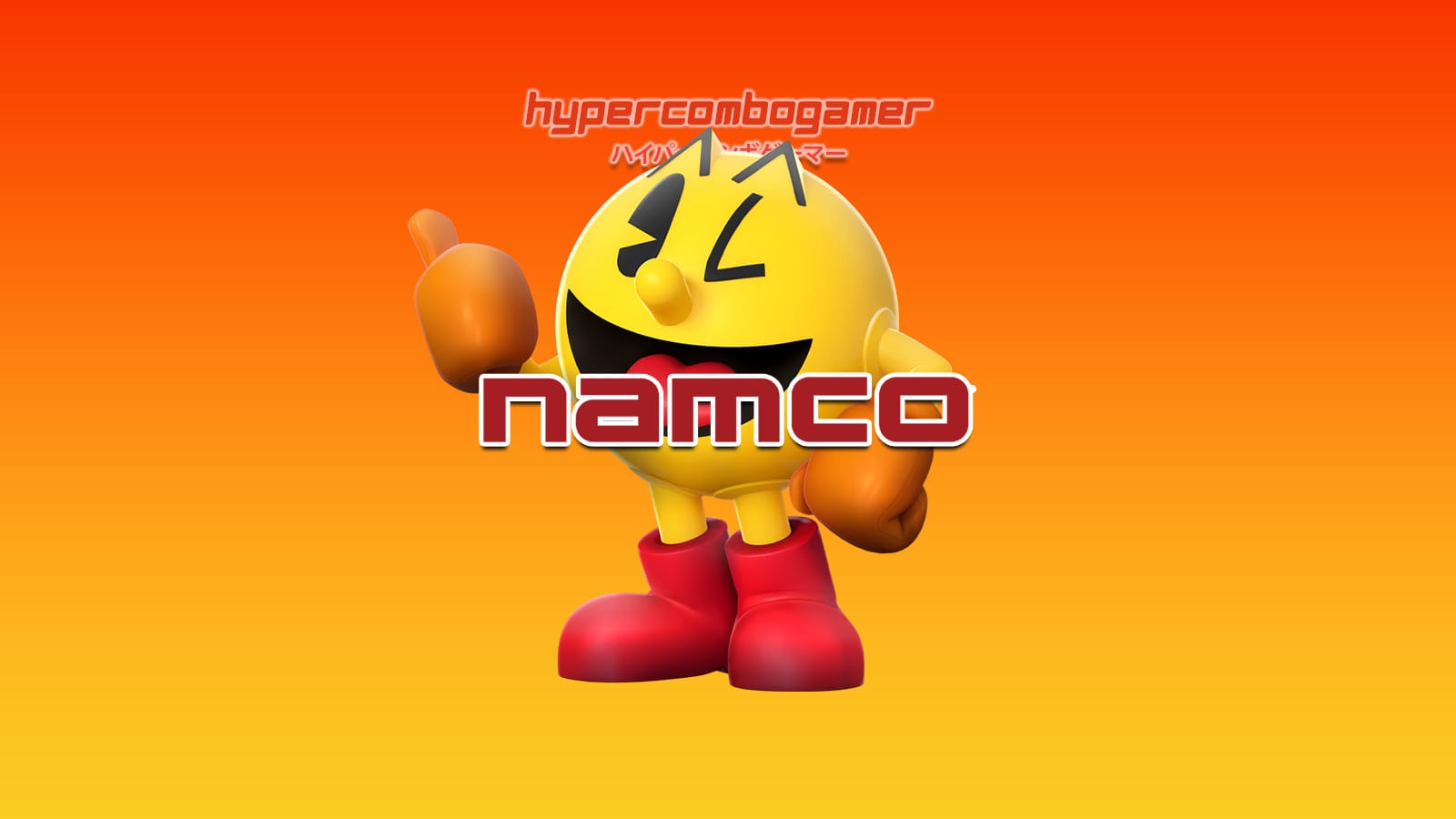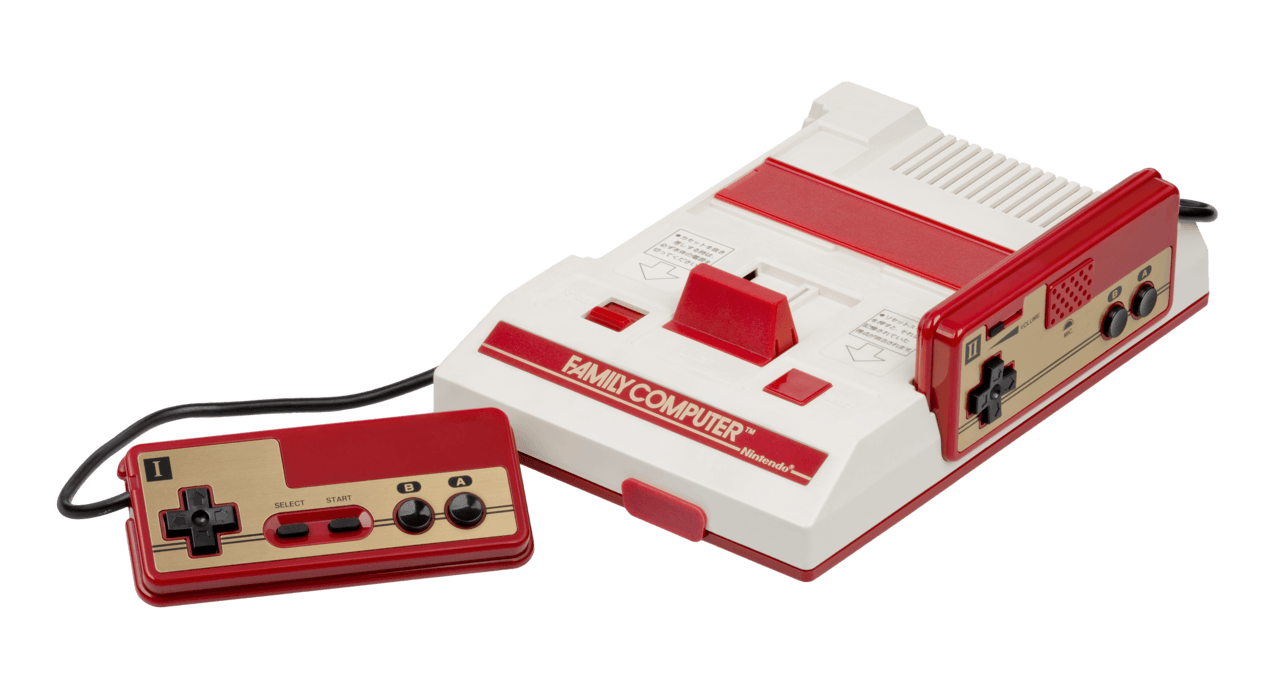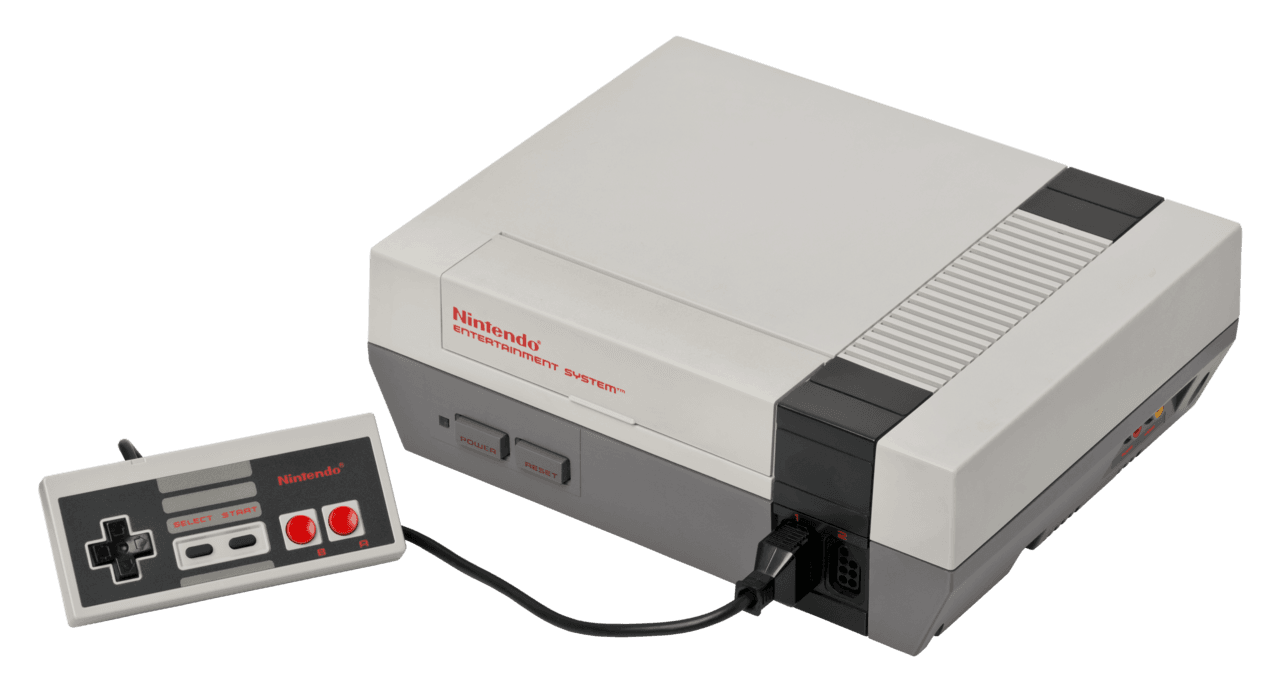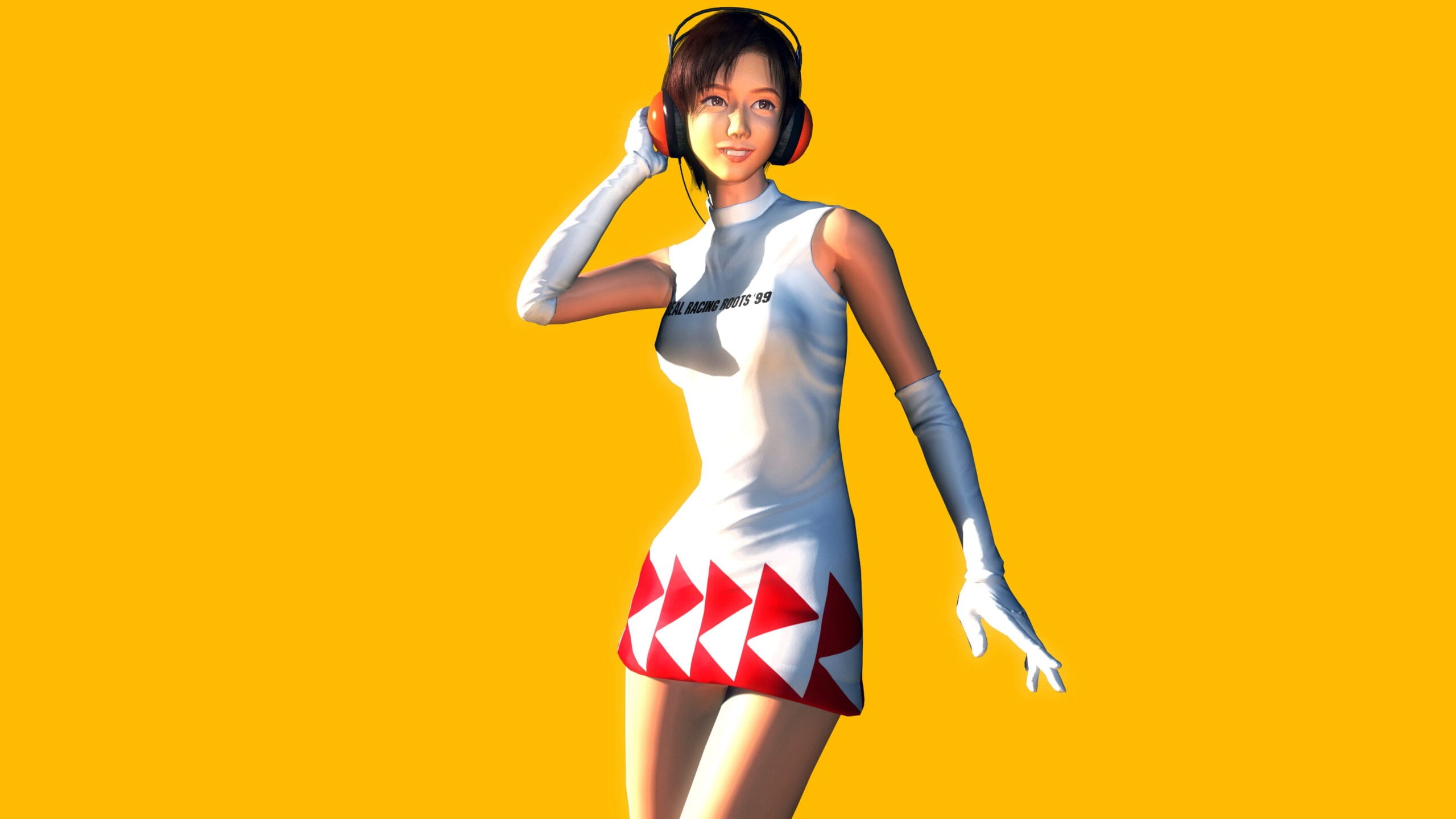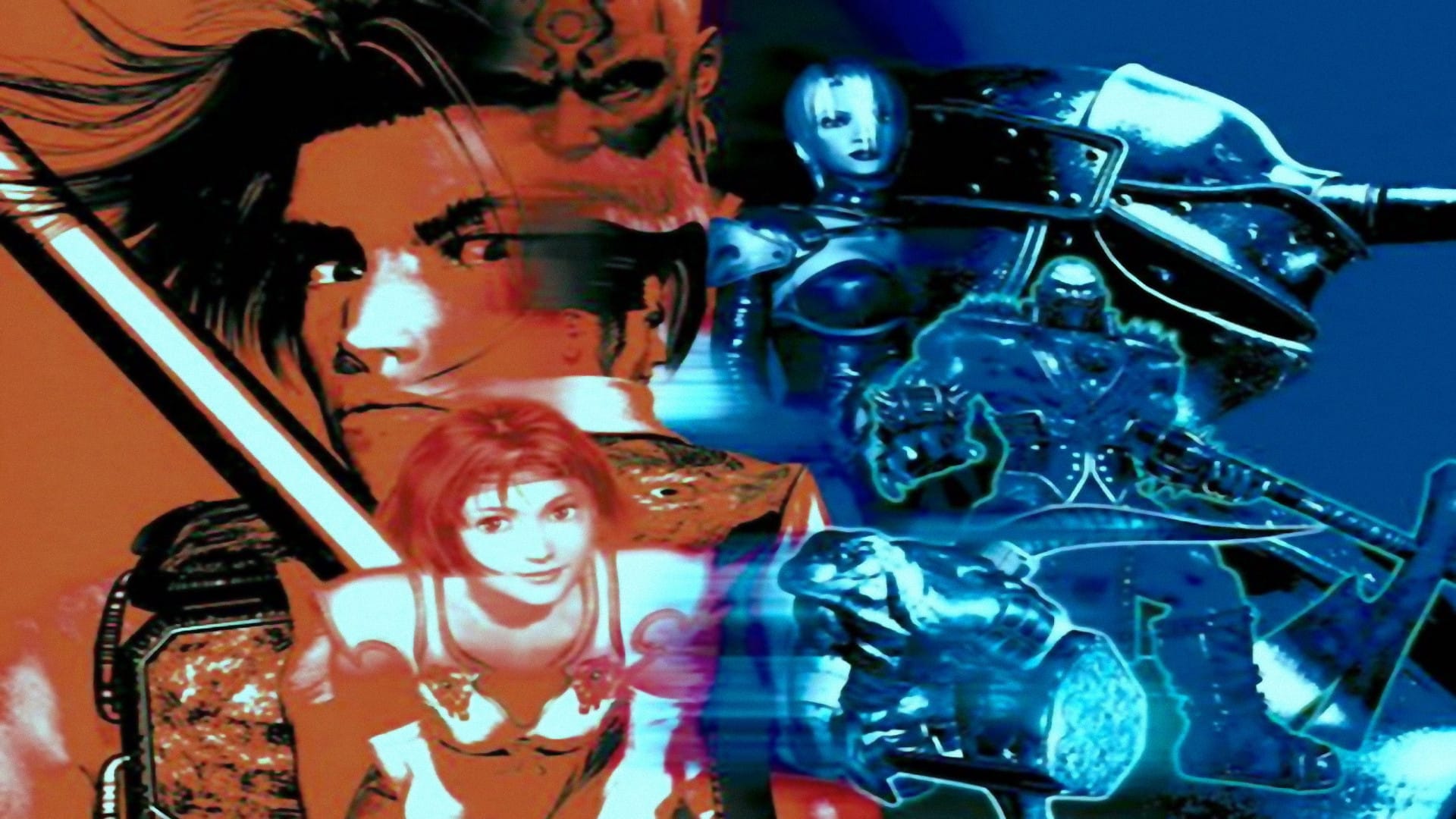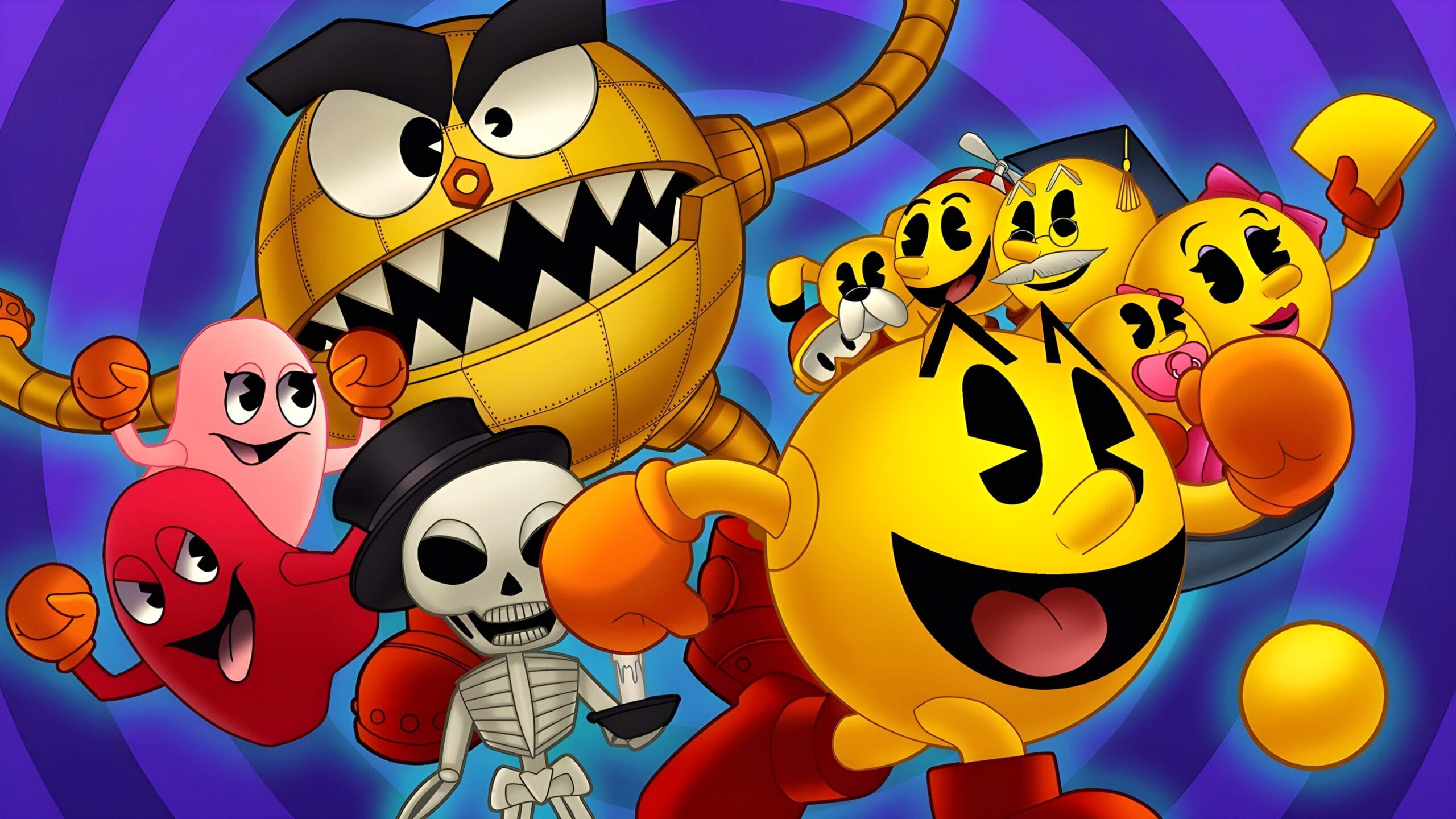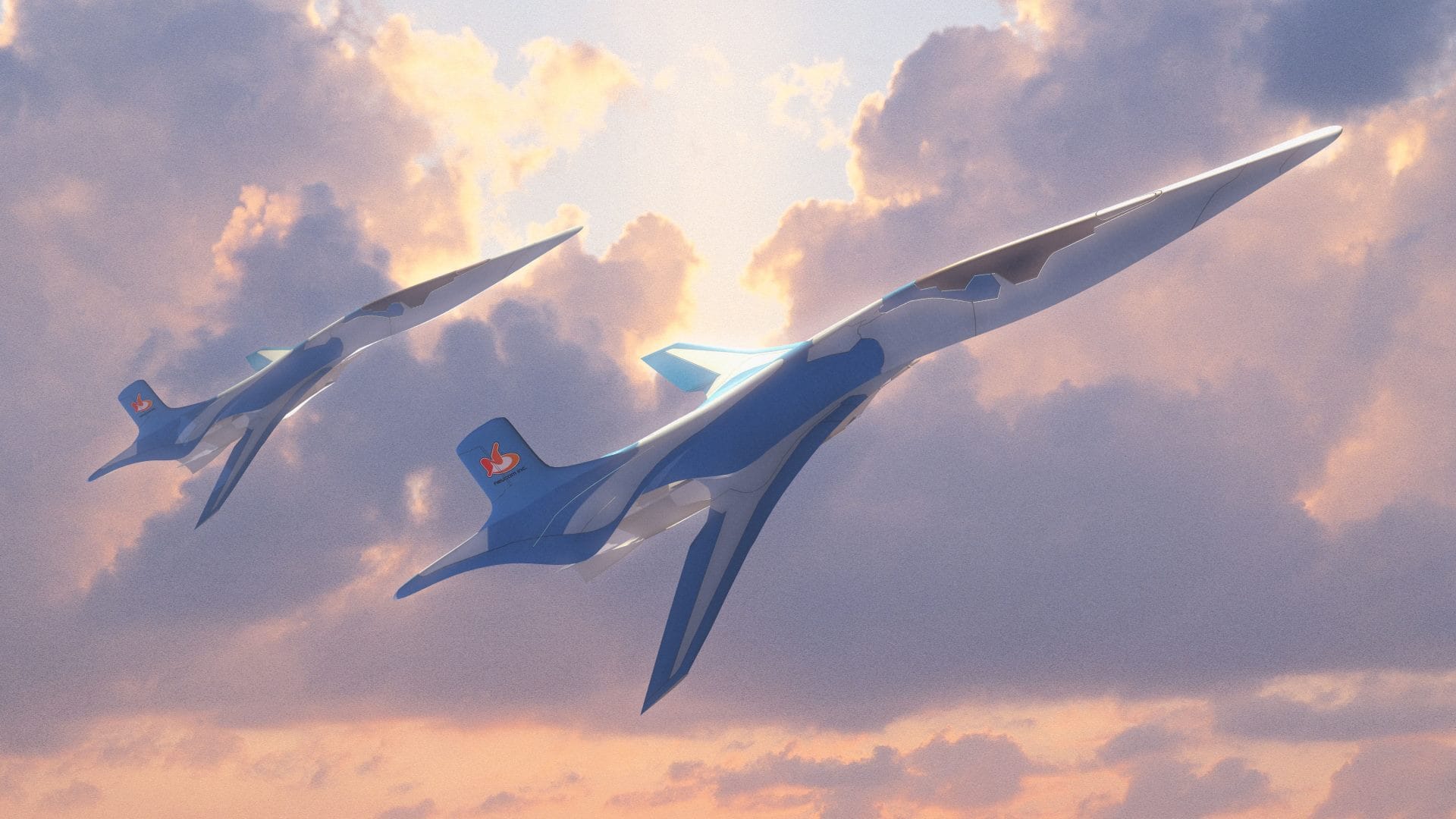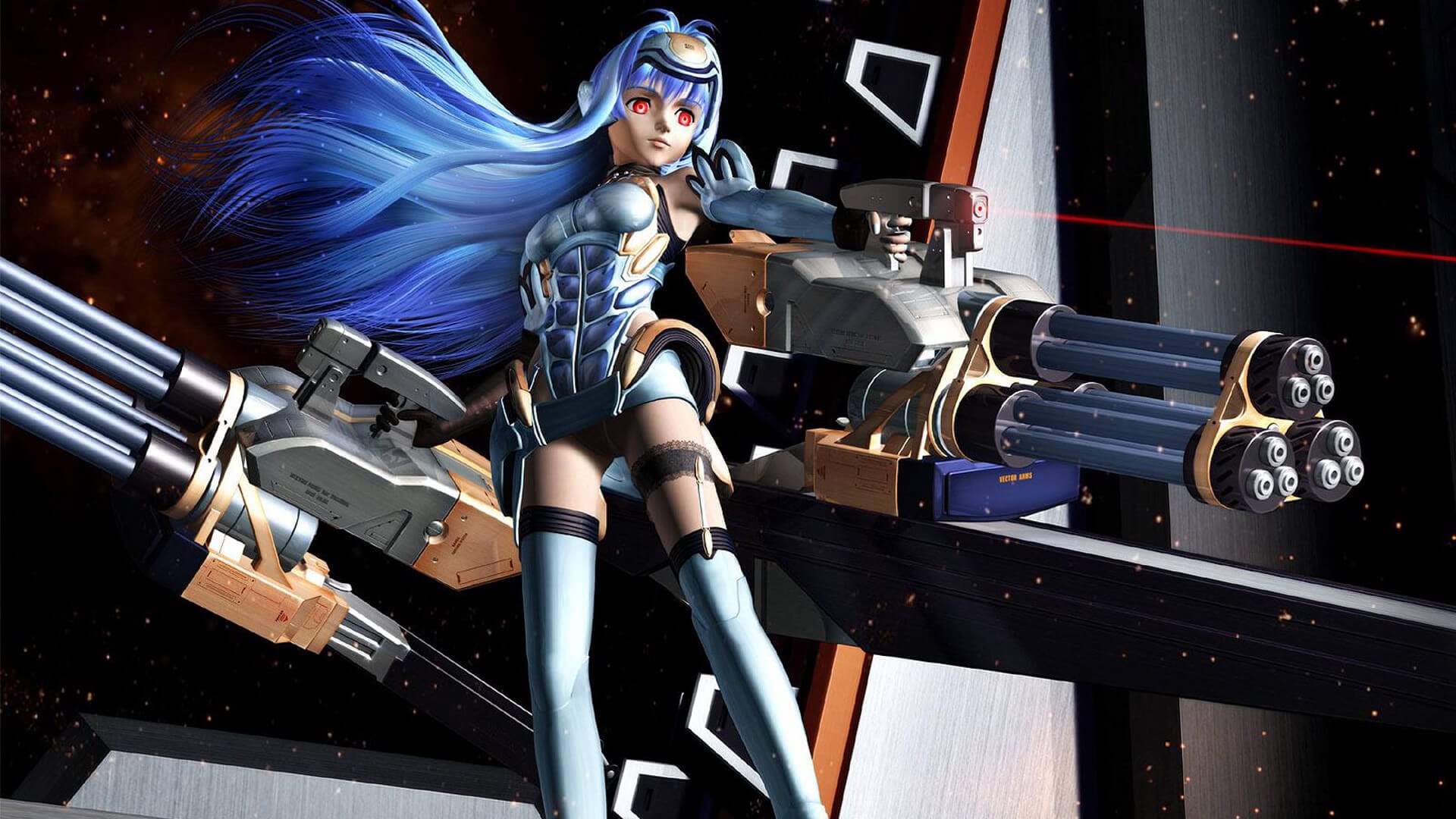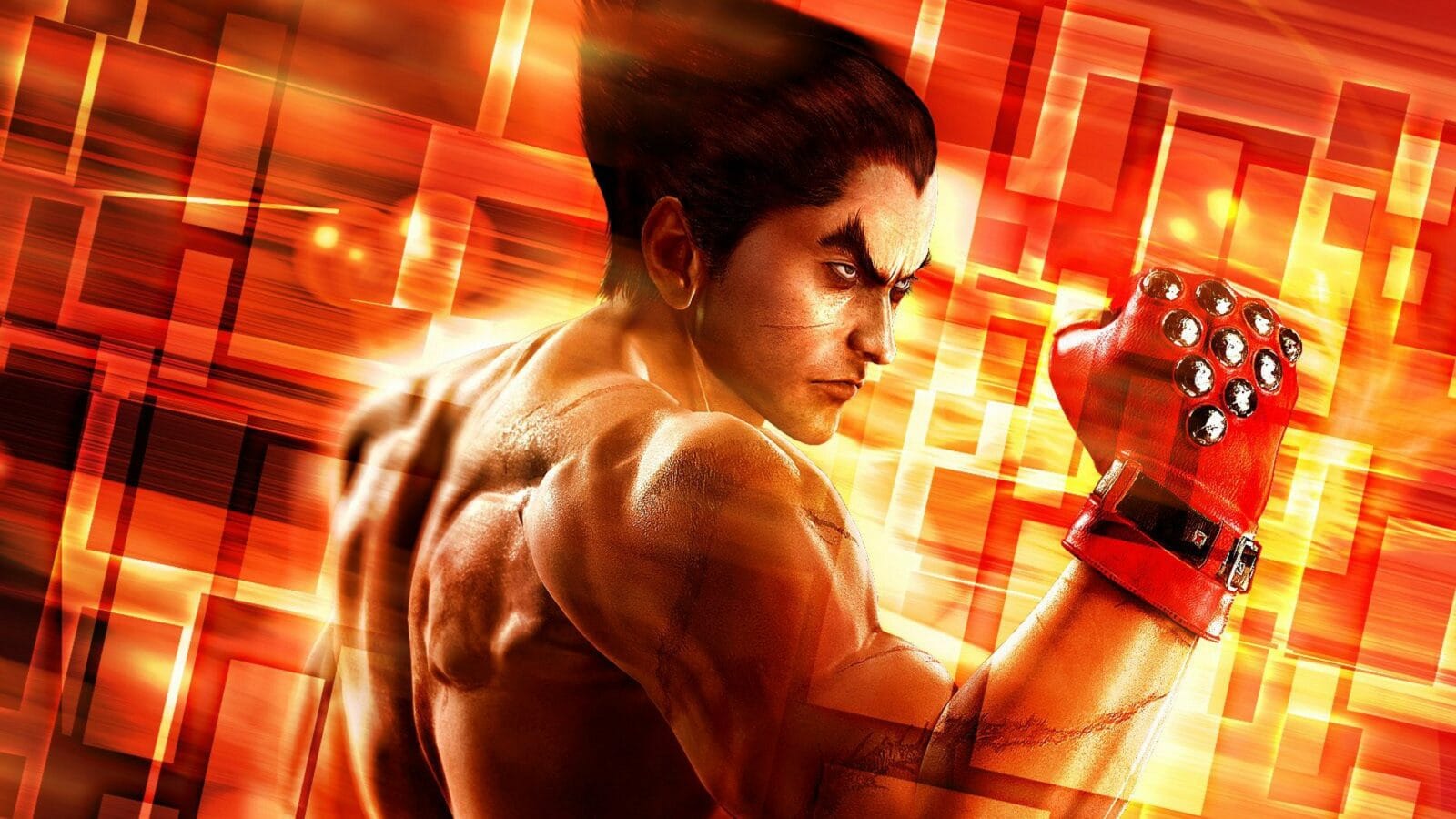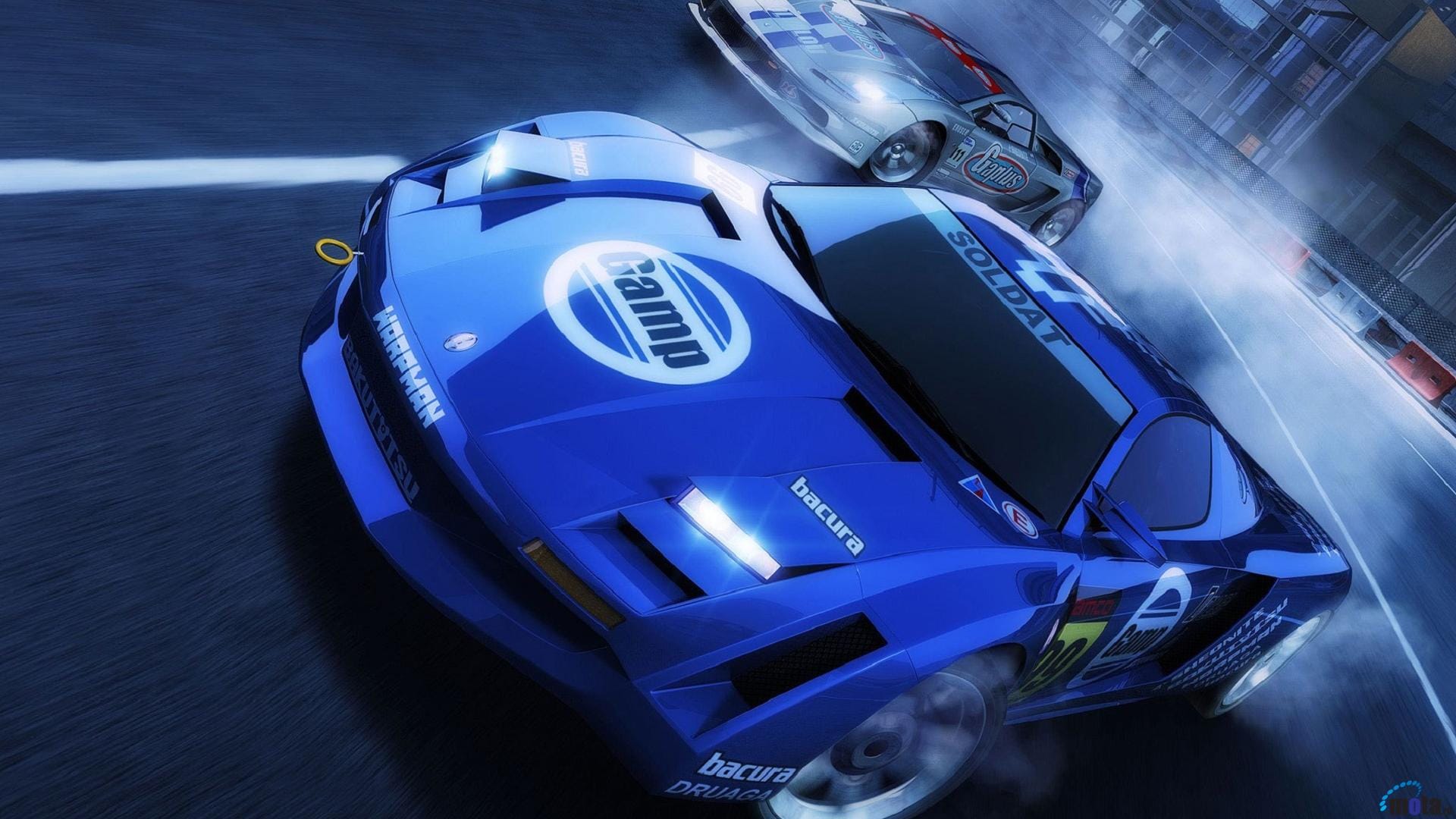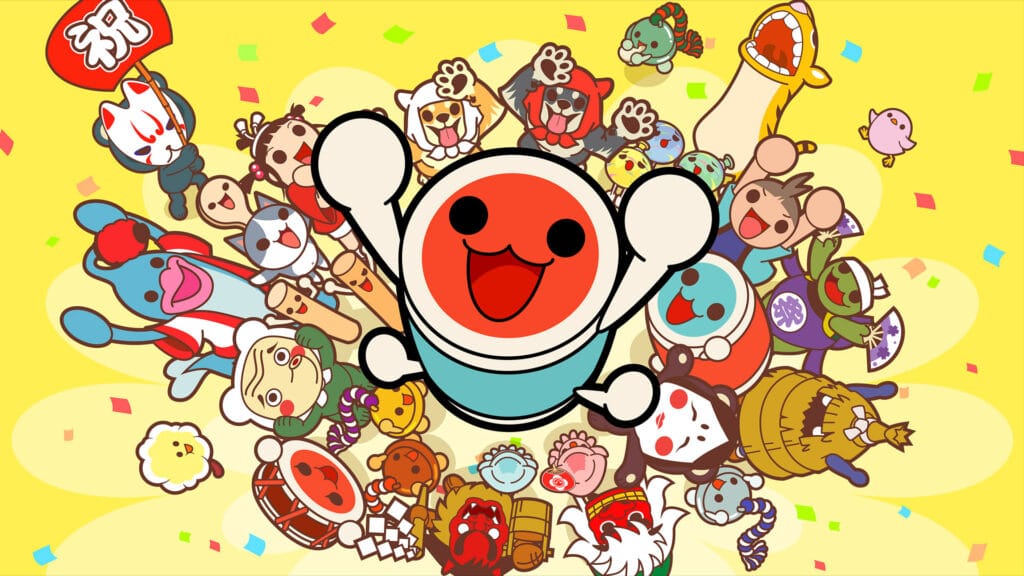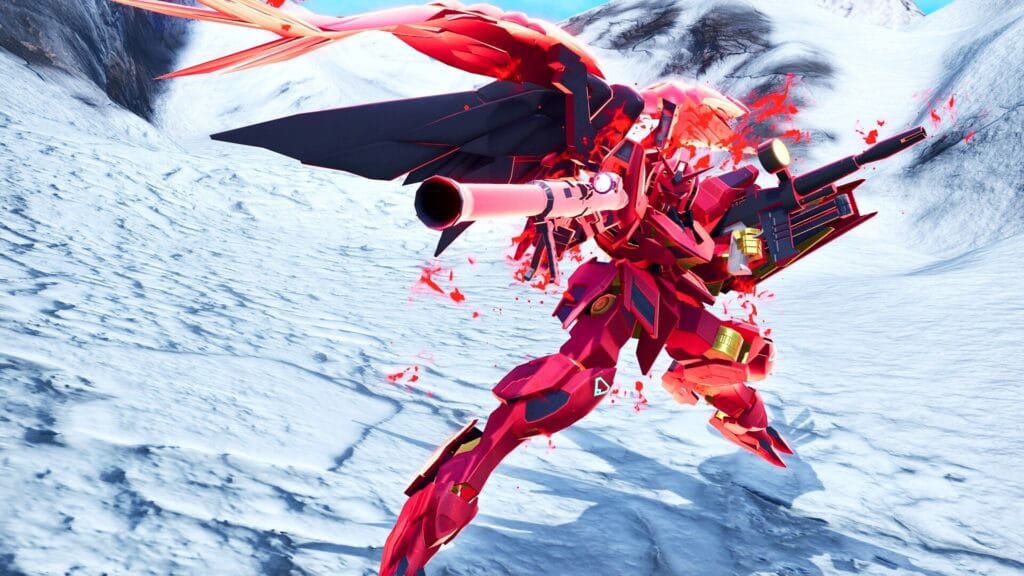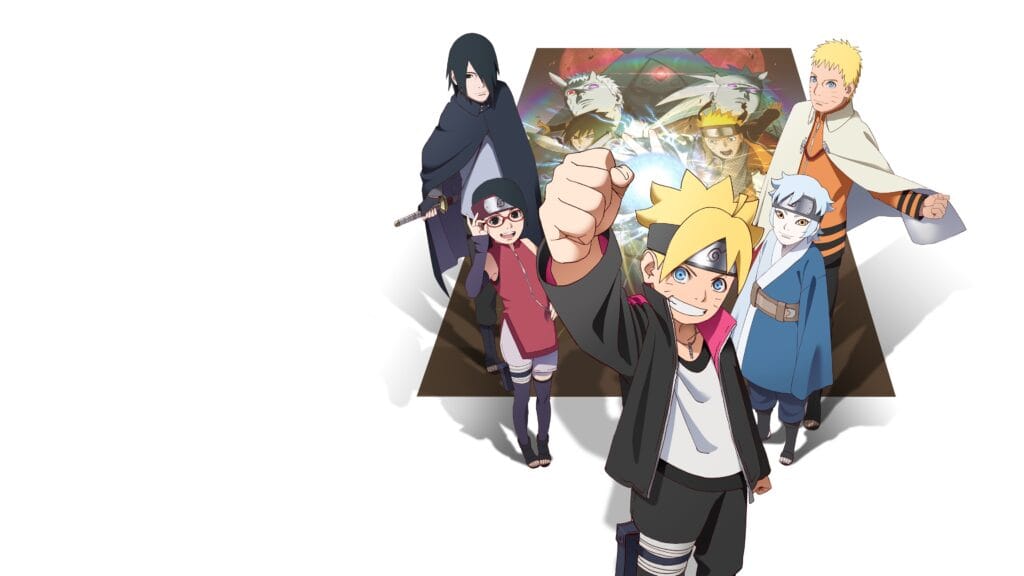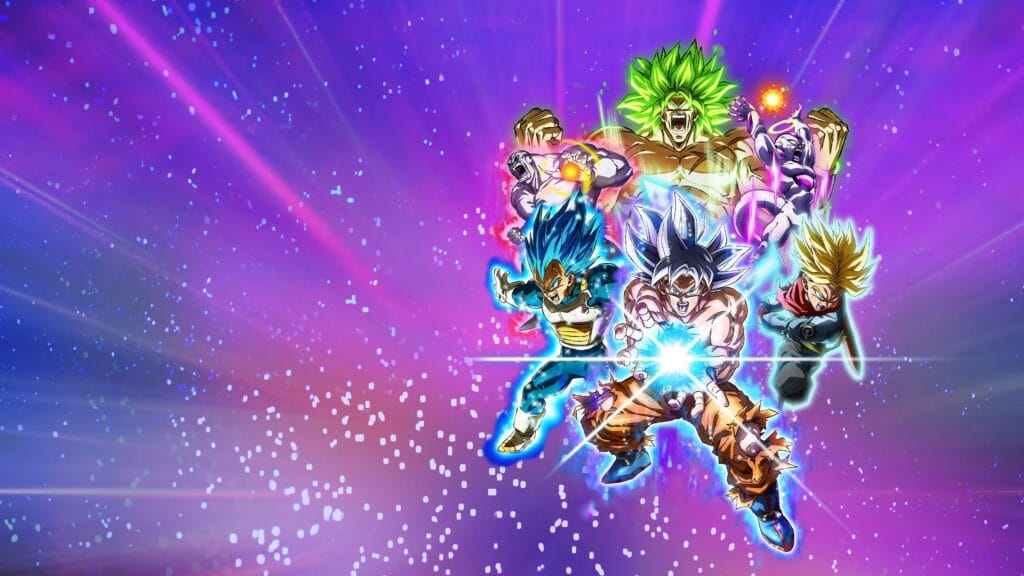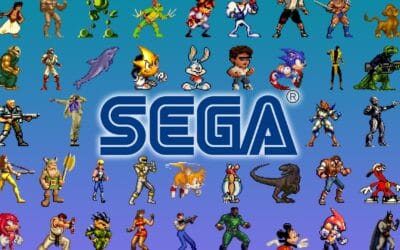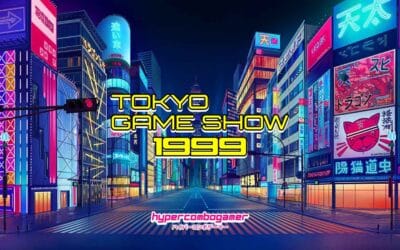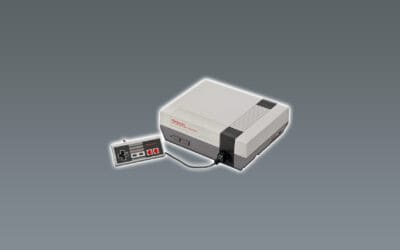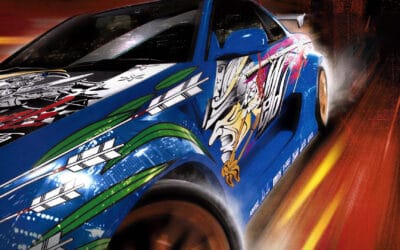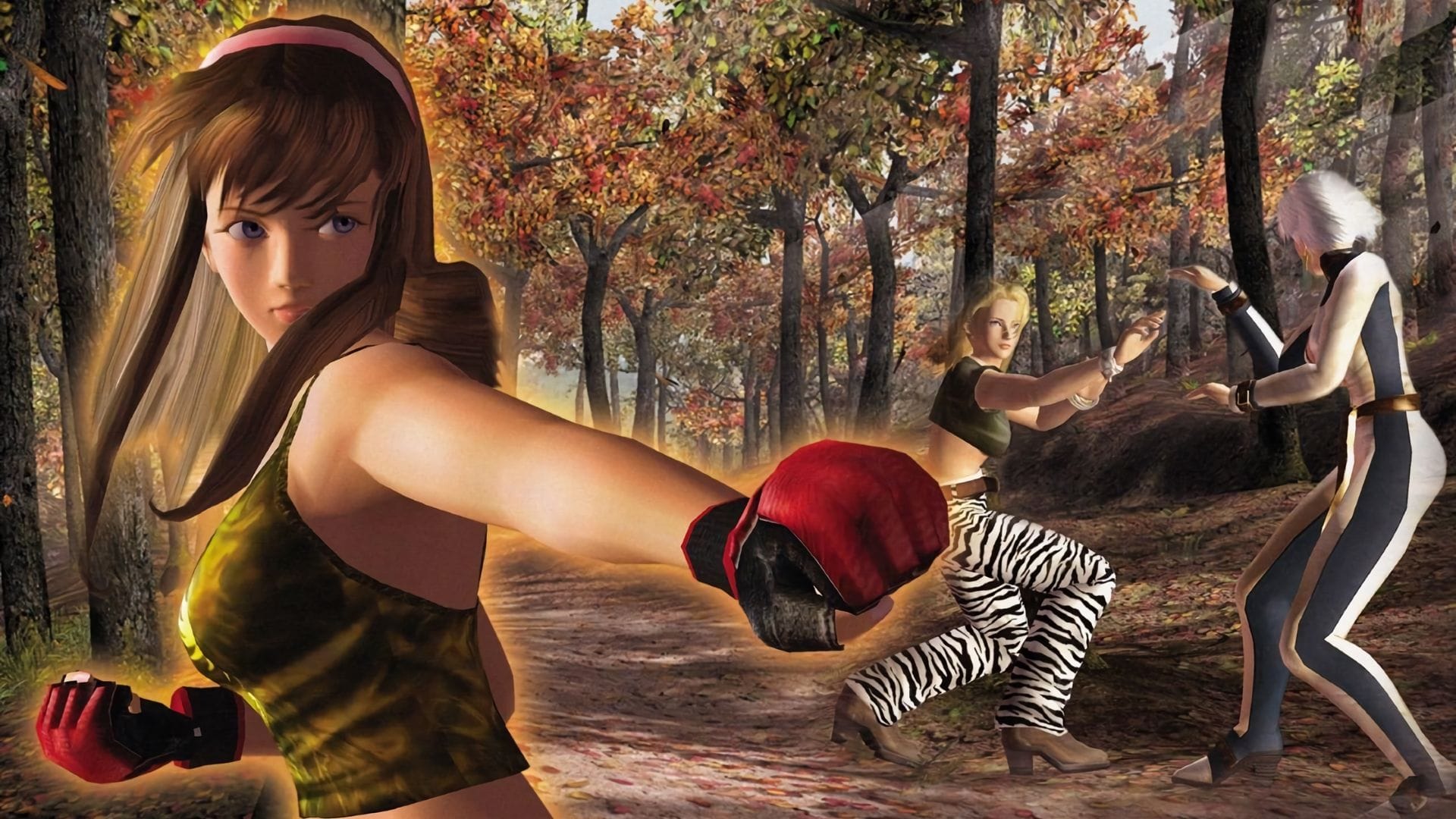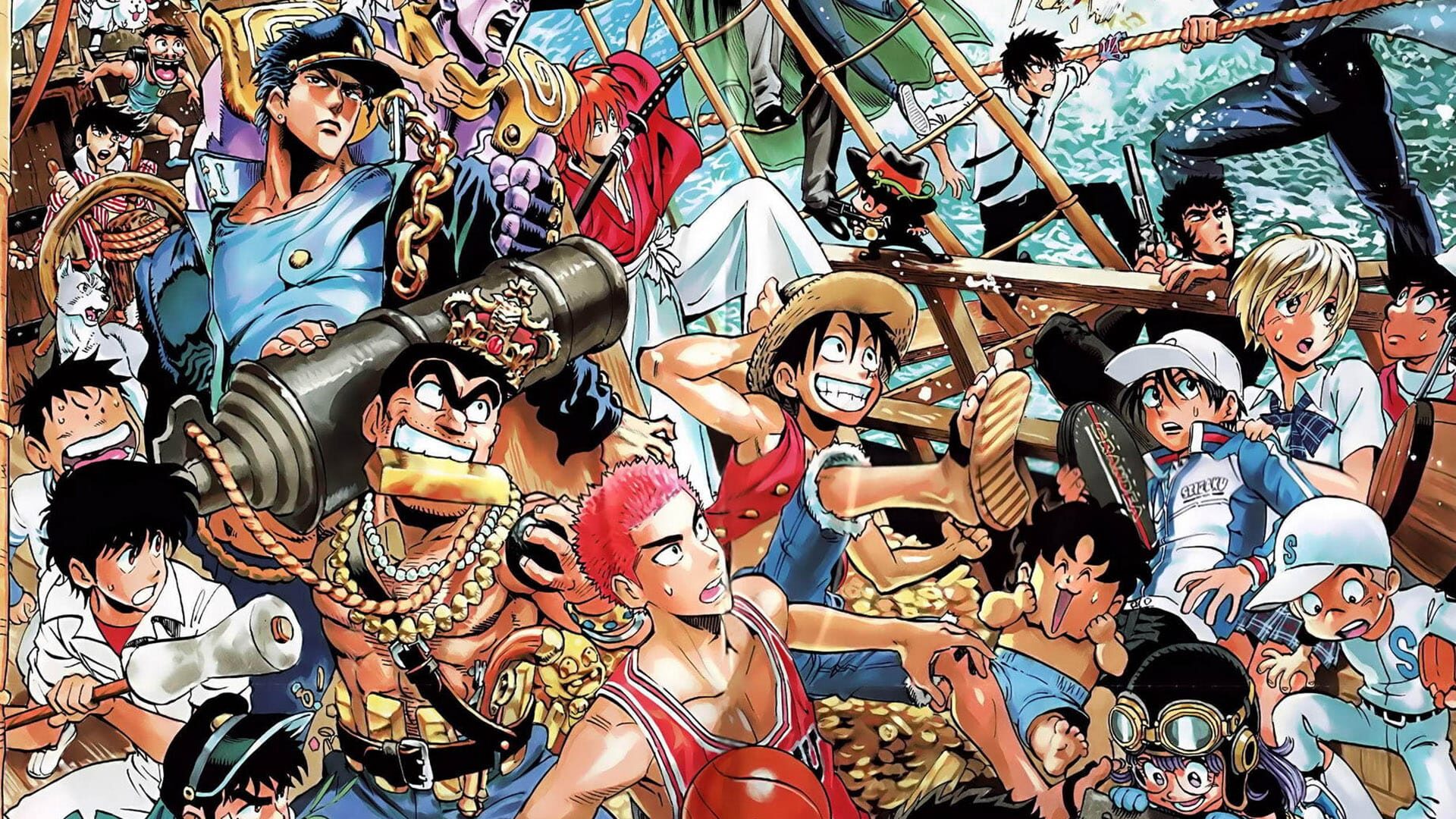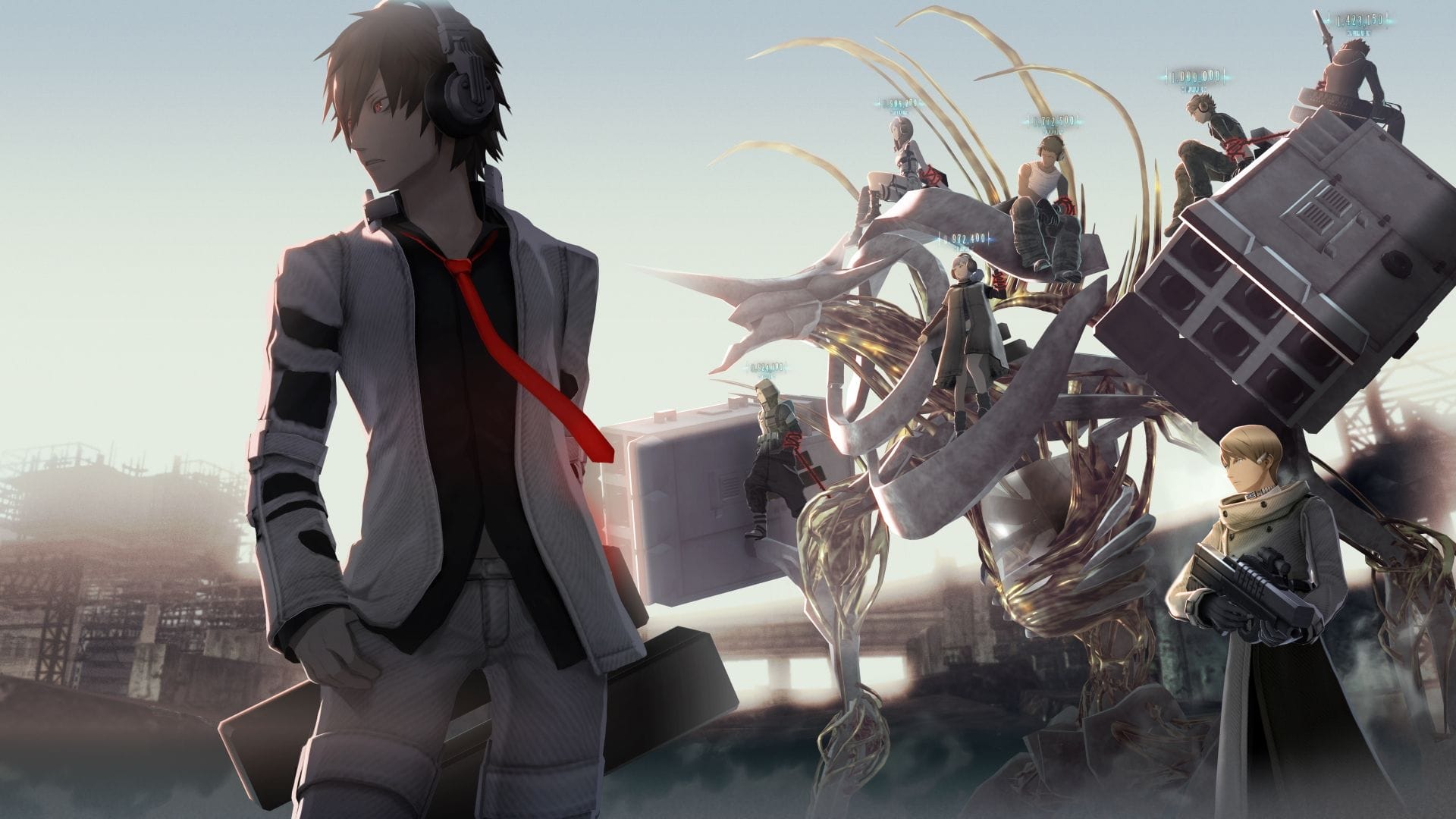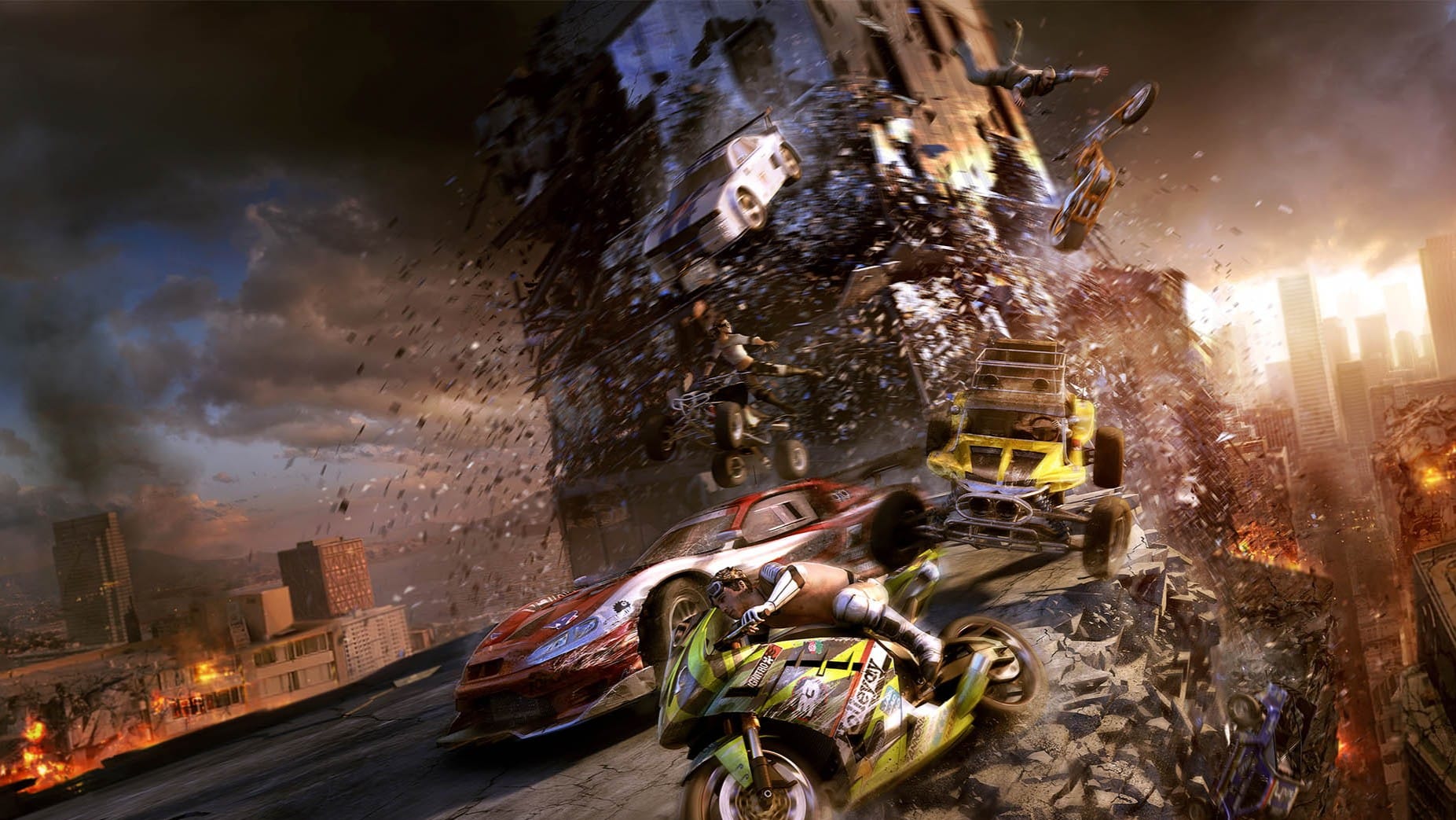The electrifying hum of pixelated battlefields. The clatter of quarters dropping into coin slots, fueling one more round of digital glory. At the heart of this golden age stood a single name—Namco. Before it became a gaming powerhouse, Namco was something entirely different: a company crafting mechanical amusement rides in post-war Japan. But in 1955, under the vision of Masaya Nakamura, it pivoted toward an industry that would define generations.
It wasn’t just about making games; it was about revolutionizing the way people played. From the bustling streets of Tokyo to the arcades of New York, Namco’s fingerprints are etched into gaming’s DNA. Without it, there would be no Pac-Man fever, no high-speed Ridge Racer drifts, and no heart-pounding Tekken showdowns. This is the story of how a small entertainment company became the undisputed titan of the arcade era—one pixel at a time.
Namco’s Humble Beginnings
In the rubble and rebuilding of post-war Japan, Masaya Nakamura founded a small amusement company with a big dream. Its original name—Nakamura Manufacturing Company—was hardly flashy, but it was personal, a nod to the man steering the ship. In 1955, the business found its footing with humble attractions like rooftop mechanical rocking horses in Yokohama, delighting children while giving weary parents a few moments’ peace.
By the 1960s, Namco was tinkering with more complex amusements, blending electricity and mechanics to create bigger, bolder experiences. A breakout success came in 1965 with Periscope, a submarine-themed arcade game that let players “fire” torpedoes at moving targets. It was immersive for its time and marked Namco’s first taste of nationwide attention.
Then came a bold move that shifted the company’s trajectory: acquiring the Japanese division of Atari. Almost overnight, Namco went from a modest domestic amusement maker to a key distributor of Atari’s hit arcade games in Japan. Titles like Breakout were suddenly part of Namco’s catalog, and the company’s footprint in the rapidly growing video game market expanded dramatically.
In 1972, Nakamura Manufacturing Company officially rebranded as Namco—a snappier, modern name for a new generation of entertainment. This wasn’t just a cosmetic change; it was a full pivot in business strategy. The focus shifted from physical rides to coin-operated video games, acknowledging the dawn of a digital era. No longer just a background player, Namco was positioning itself as a contender.
The late 1970s saw the company begin developing its own titles. Progress was gradual at first, but the lessons learned from distributing hits and studying player habits would soon pay off. Namco wasn’t just selling other people’s games anymore—it was about to make history with its own.
The Arcade Boom and Namco’s Rise
By the mid-1970s, Japan’s cities were pulsing with a new kind of energy. Neon signage spilled into the streets, cafés hummed with transistor radios, and tucked into every entertainment district were smoky game parlors buzzing with the clack of pinballs and the beeps of early video cabinets. The arcade was no longer a back-alley curiosity—it was becoming a cultural hub. People didn’t just drop in to play; they came to gather, compete, and be part of an emerging digital scene.
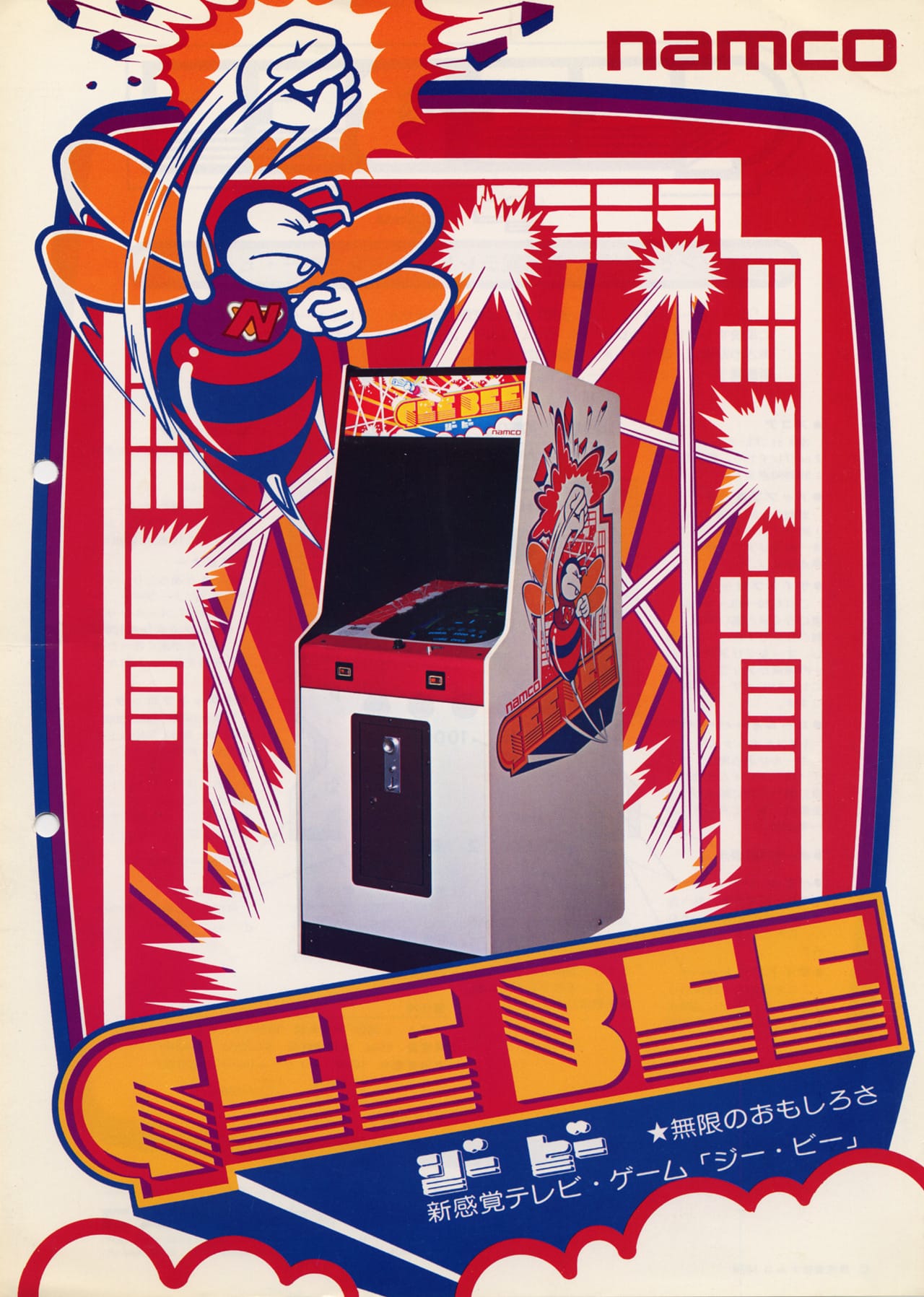
Namco, still fresh from its mechanical amusement roots, saw the shift and moved with precision. In 1978, it debuted Gee Bee, a game that felt like pinball had been wired through a digital dream. It was quirky, colorful in its own restrained way, and unlike anything the company had produced before. Players bounced a ball around neon paddles and blocky obstacles, scoring points in a hypnotic loop. Promising? Absolutely. Groundbreaking? Not yet. Gee Bee was Namco testing the waters—tinkering, learning, and taking notes while giants like Space Invaders soaked up the spotlight.
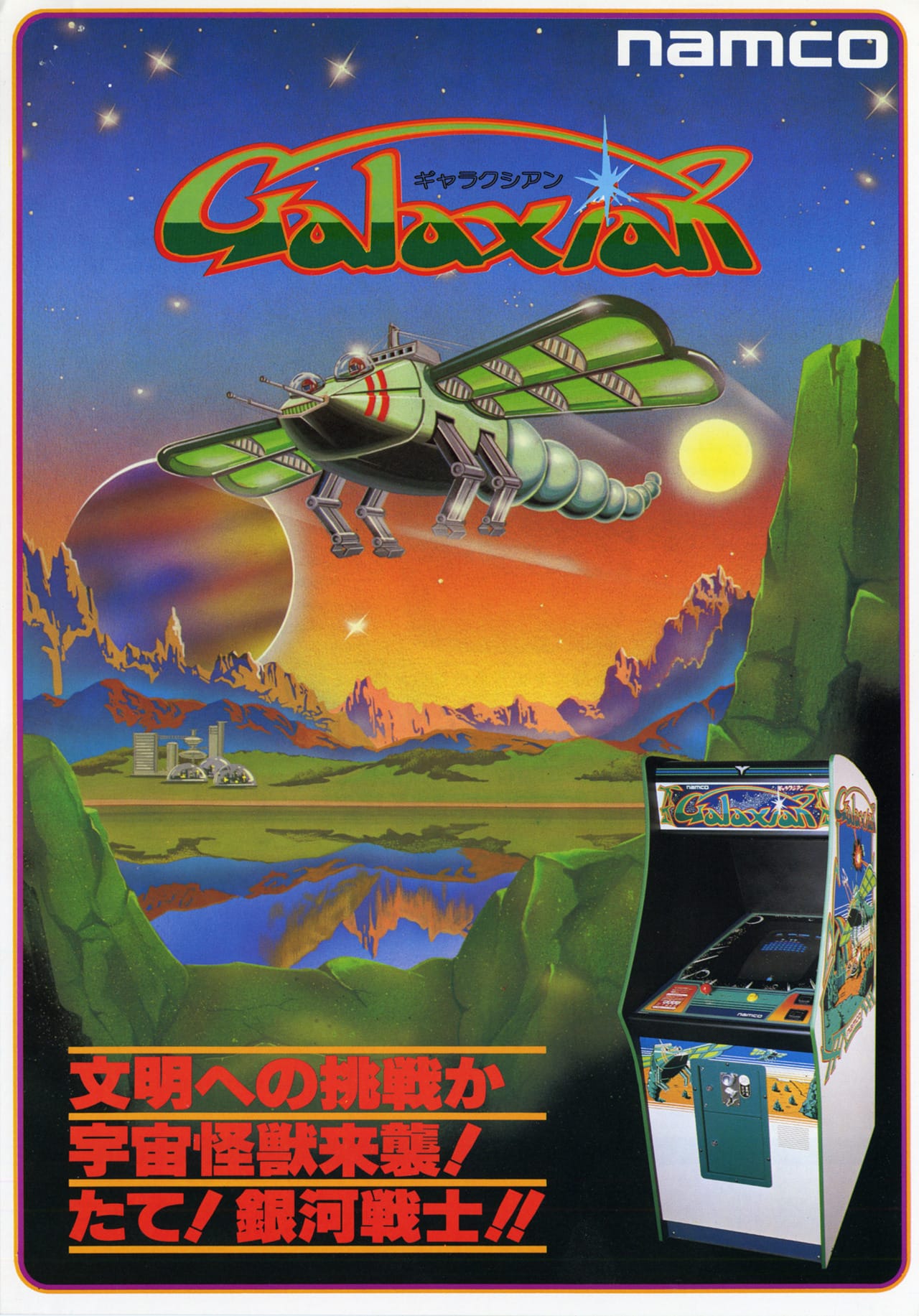
Then came Galaxian in 1979, a game that didn’t just compete with the reigning king, Space Invaders—it rewrote the rulebook. For the first time, arcade-goers weren’t just staring at monochrome alien hordes. Galaxian exploded onto the scene with dazzling, kaleidoscopic visuals, pioneering the use of RGB color graphics. It was a sensory overload, a game that felt alive as enemy ships swooped down in aggressive attack patterns rather than moving in robotic formations. Players weren’t just shooting at static targets—they were engaged in a high-speed dogfight. The game’s impact was immediate. Galaxian wasn’t just a technical showpiece; it was proof that Namco was willing to push boundaries.
Arcade-goers felt the difference instantly. This wasn’t a static shooting gallery—it was a living battlefield. The precision of the controls, the vivid explosions, the hypnotic patterns of attack—Galaxian made every quarter feel like an investment in survival. Galaxian was the spark that ignited Namco’s transformation from a plucky amusement maker into a heavyweight of the digital age. But the real cultural earthquake? That was waiting just around the corner.
Pac-Man Fever Sweeps the Globe
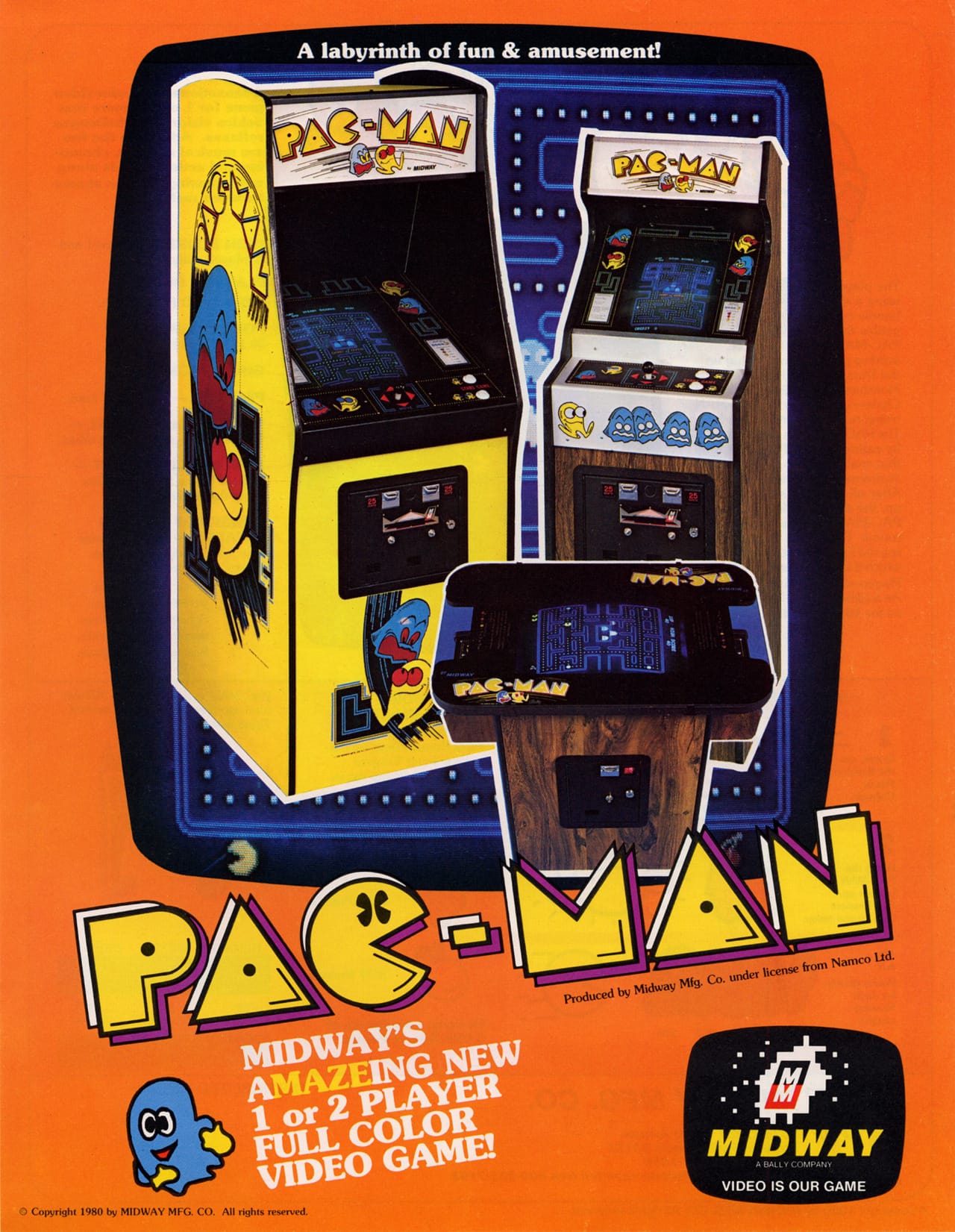
In 1980, arcades were dominated by the dark void of space shooters. Lasers, explosions, alien armadas—if you’d seen one, you’d seen them all. Then, out of nowhere, came something completely different. No spaceships. No guns. No starfields. Just a bright, hungry circle with an insatiable appetite and four colorful ghosts with a knack for ambush. Pac-Man didn’t just appear in arcades—it devoured them.
At first glance, it was deceptively simple: guide your little yellow protagonist through a maze, gobbling pellets and avoiding Inky, Blinky, Pinky, and Clyde. But beneath the cheery façade was an ingenious blend of pattern recognition, timing, and risk-reward decision-making. Players could lure ghosts into dangerous chases, snag a power pellet, and turn predator for a brief, exhilarating burst. It wasn’t about blasting enemies into oblivion—it was about outsmarting them.
That shift was revolutionary. Pac-Man offered character-driven gameplay in a sea of destruction-heavy titles. It was friendly, accessible, and instantly recognizable, pulling in players who’d never so much as looked at an arcade cabinet before. Women, kids, office workers on lunch breaks—Pac-Man cast a wide net, and the world took the bait.
And then came the fever. Not the mild kind—the all-consuming, pop-culture epidemic kind. By 1982, Pac-Man was everywhere. Saturday morning cartoons? Check. Board games and puzzles? Absolutely. Breakfast cereal? Of course—complete with marshmallow ghosts. There were plush toys, lunchboxes, and even a novelty hit song, “Pac-Man Fever,” climbing the Billboard charts. The character transcended the arcade, becoming a cultural mascot for an entire era of gaming.
In just a few short years, Pac-Man went from a quirky maze-chaser to a global icon. And for Namco, it proved something vital: video games weren’t just fleeting entertainment—they could be cultural phenomena. The arcade world would never be the same again.
Building the Golden Age: Namco’s Early ’80s Masterpieces
Fresh off the global eruption of Pac-Man fever, Namco could have coasted comfortably on the profits. Instead, the company doubled down on creativity, cranking out a streak of early ’80s arcade hits that cemented its status as the undisputed king of coin-ops.
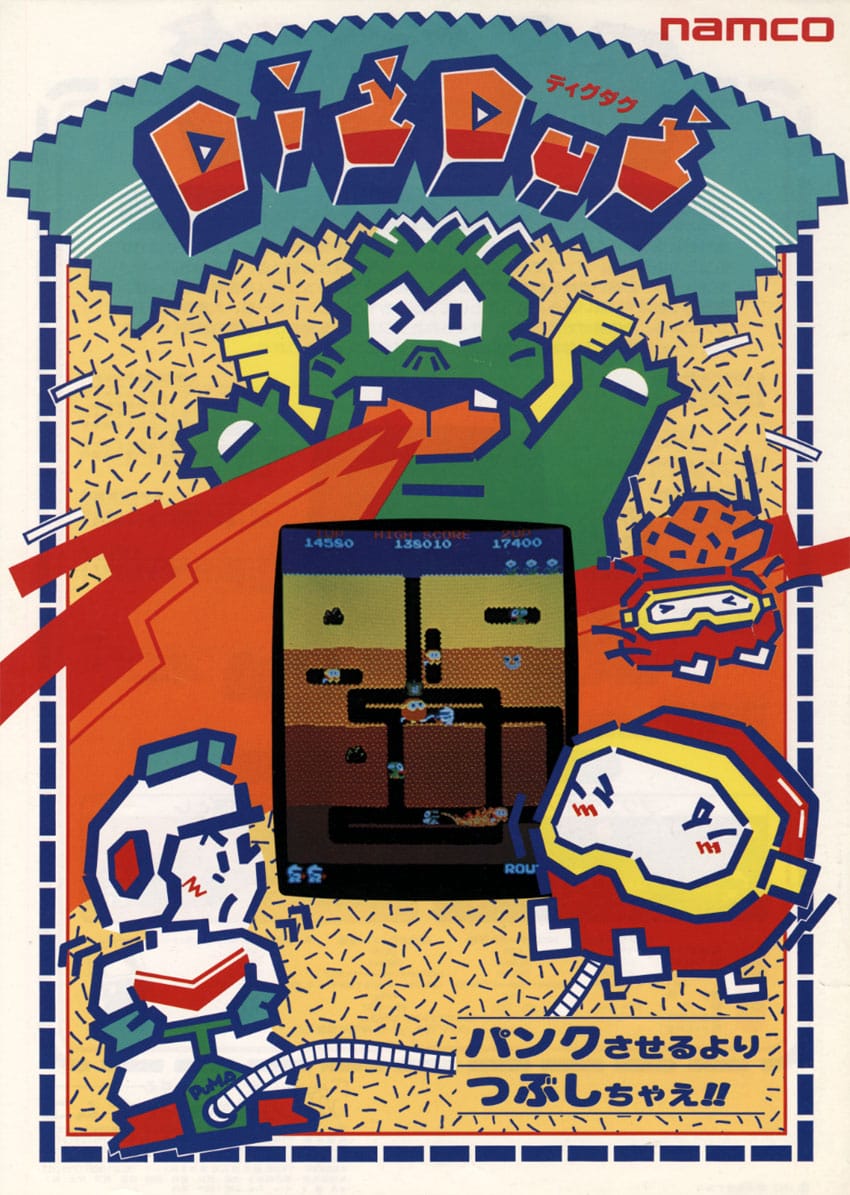
In 1982, Dig Dug tossed players underground into a world of dirt tunnels and lurking enemies. The twist? You didn’t just bump them off with a quick shot—you pumped them full of air with a trusty inflator until they popped in a bizarre mix of slapstick and strategy. Players had to balance risk and reward, luring enemies into narrow tunnels for easy takedowns or collapsing dirt on them from above. It was weird, it was wonderful, and it was unlike anything else in the arcade.
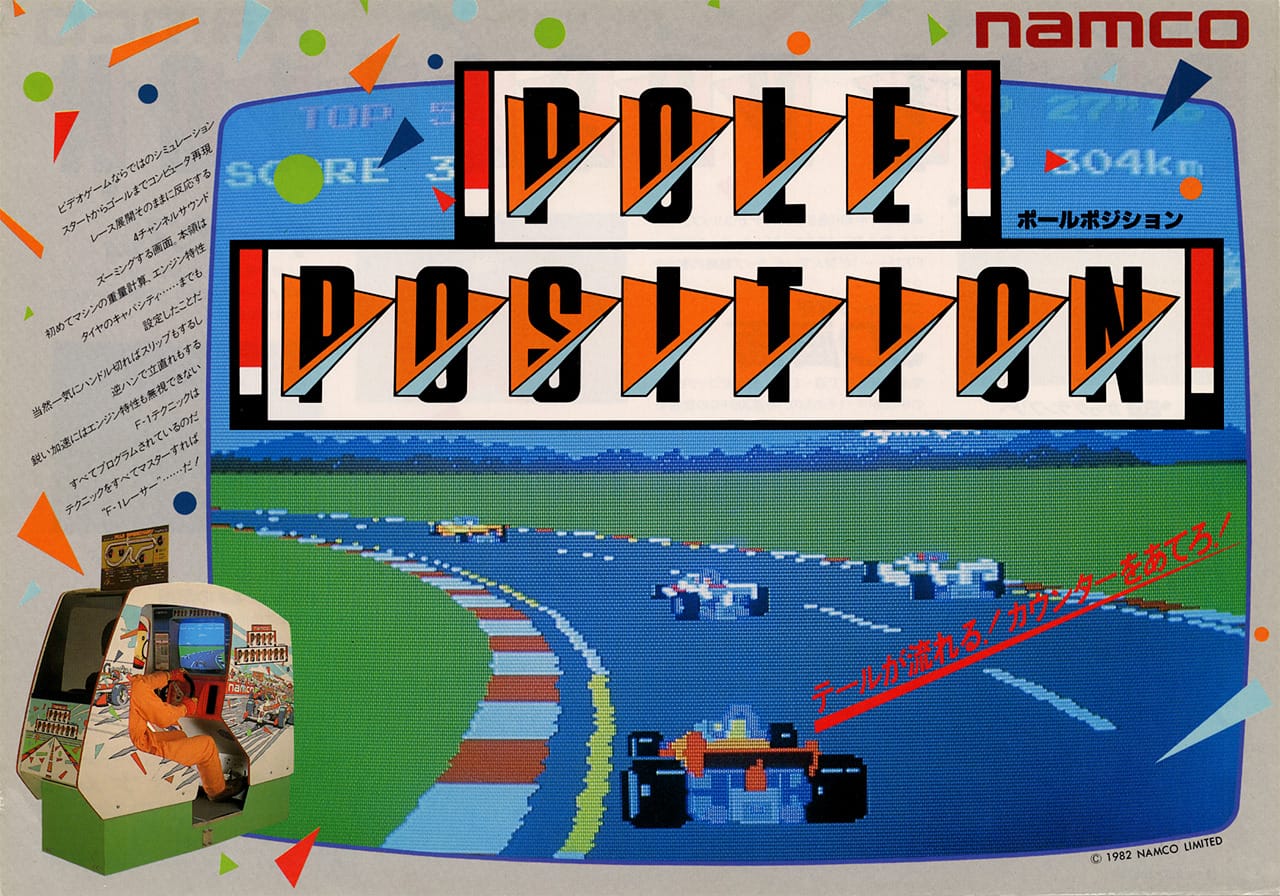
7 months later, Namco released Pole Position, which dropped the blueprint for how the genre would work for decades. The secret sauce? A revolutionary third-person, behind-the-car perspective that gave players a clear view of the winding road ahead, complete with roadside details that whizzed past in a blur.
Then there was the track itself: a faithful recreation of Fuji Speedway, one of Japan’s most iconic motorsport circuits. For players used to generic loops and fantasy layouts, driving on a real-world course was a revelation. The authenticity didn’t just make the game more exciting—it made it aspirational. You weren’t just playing a game; you were taking a shot at motorsport glory.
Pole Position also introduced qualifying laps, a feature now standard in racing titles. Before you could compete in the main race, you had to earn your spot on the grid with a blistering time trial. This small detail gave the game a competitive structure that mirrored actual racing events, adding tension before the main event even began. The impact was immediate and enormous. Pole Position became the highest-grossing arcade game of 1983 and set the template for every serious racing game that followed.
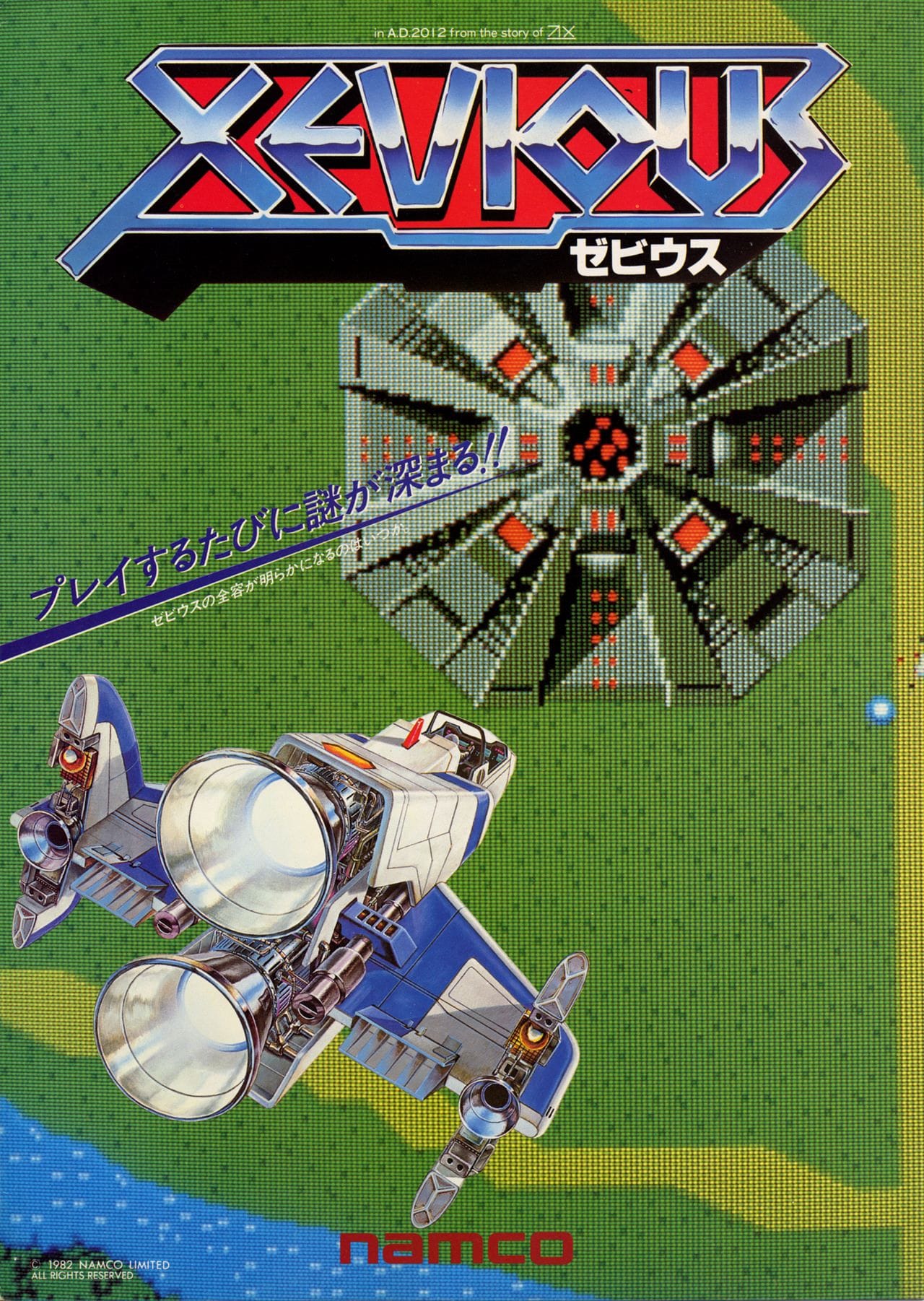
Then there was Xevious (1983), a game that rewrote the vertical shooter playbook. Unlike its contemporaries, which relied on repetitive enemy patterns, Xevious featured dynamic attack waves, hidden secrets, and an unprecedented level of world-building for a shooter. It was mysterious, even atmospheric, with a strange lore woven into its alien landscapes—a rarity for shooters at the time. Every stage felt like a piece of a larger world, hinting that there was more lurking just beyond the screen’s edge.
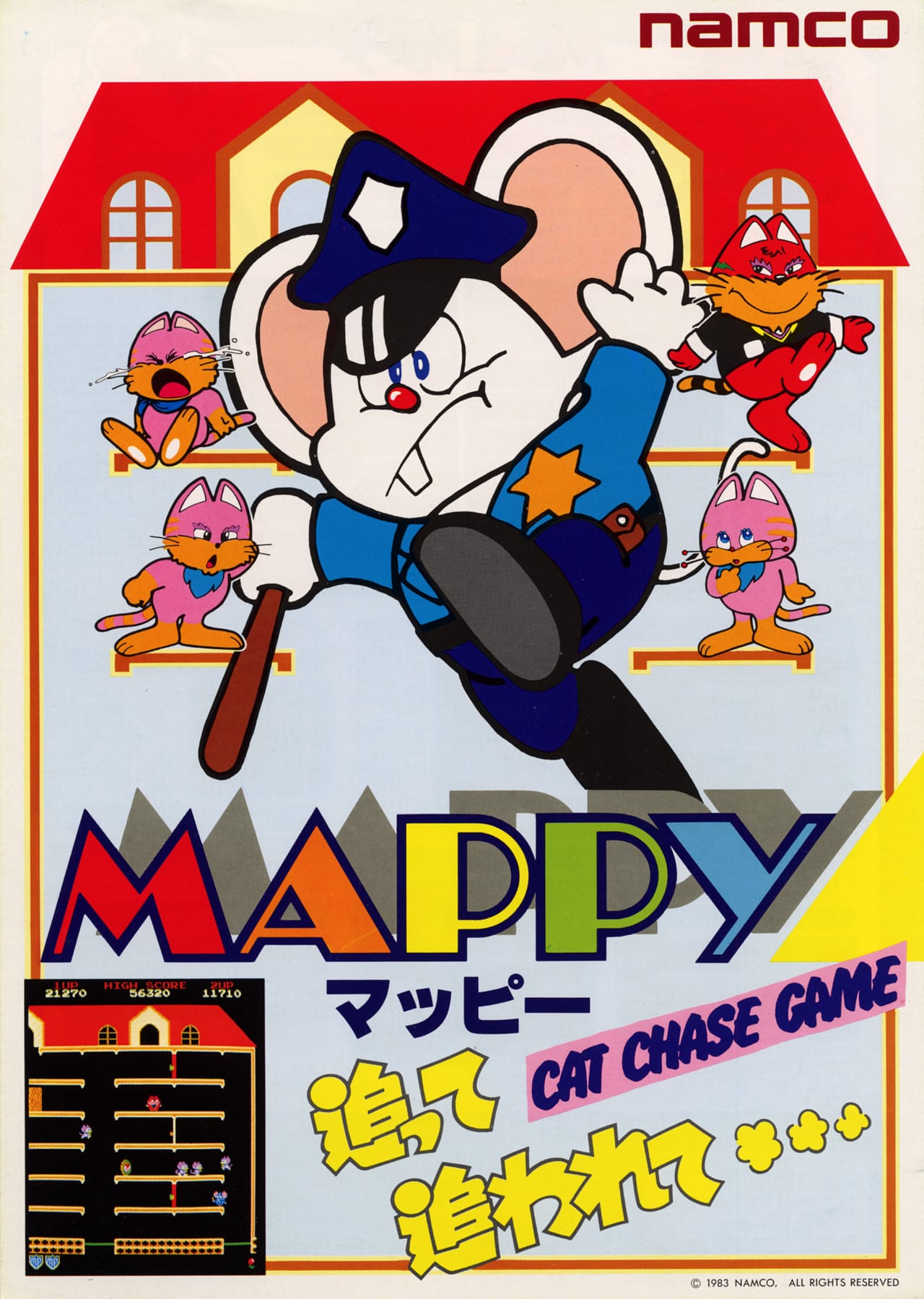
That same year, Namco lightened the mood with Mappy, a whimsical platformer starring a heroic mouse policeman. The gameplay was pure cat-and-mouse—literally—as Mappy bounced on trampolines to evade a gang of feline burglars while recovering stolen goods. Its charming visuals and clever use of movement gave it a playful energy that stood apart from the more intense arcade offerings of the era.
Each of these games proved Namco’s golden age wasn’t a fluke. They were wildly different in style and tone, yet all carried that signature Namco knack for blending accessibility with depth. In the early ’80s, every new Namco release wasn’t just another quarter-muncher—it was an event.
From Arcade Cabinets to Living Rooms
Namco wasn’t content with just dominating the arcade scene. As home consoles began to gain traction, the company saw an opportunity—one that would change the industry forever. In 1983, Nintendo launched the Famicom in Japan, a system that would later become the NES in the West. This sleek little console promised arcade-style gaming without the sticky floors or pocketfuls of coins. While many companies hesitated, Namco jumped in headfirst, becoming one of the first third-party developers to support the system. The result? A library of arcade-perfect ports that brought Namco’s greatest hits into living rooms across Japan.
Namco didn’t just port a few titles—it brought arcade-perfect conversions of its biggest hits, transforming the Famicom into a miniaturized arcade for the home. Suddenly, players could blast through the alien formations of Galaga or uncover hidden ground targets in Xevious from the comfort of their couches. For many, these ports were indistinguishable from the real thing, a revelation in an era when most home versions of arcade games were clunky compromises.
Namco’s presence on the Famicom did more than sell cartridges—it made household names out of its creations. Galaga, Xevious, Mappy, and others became playground talking points, part of the shared gaming language of an entire generation. The games that once devoured allowances in smoky arcades were now part of after-school routines and family living room battles.
This early embrace of the console market gave Namco a head start on competitors still tied to the arcade model. It also allowed the company to experiment with design and accessibility, shaping games for players who might never set foot in an arcade. Namco wasn’t just an arcade giant anymore—it was a gaming powerhouse in both public and private spaces, ready to define play wherever it happened.
Leveling Up: Namco’s Late ’80s Technological Push
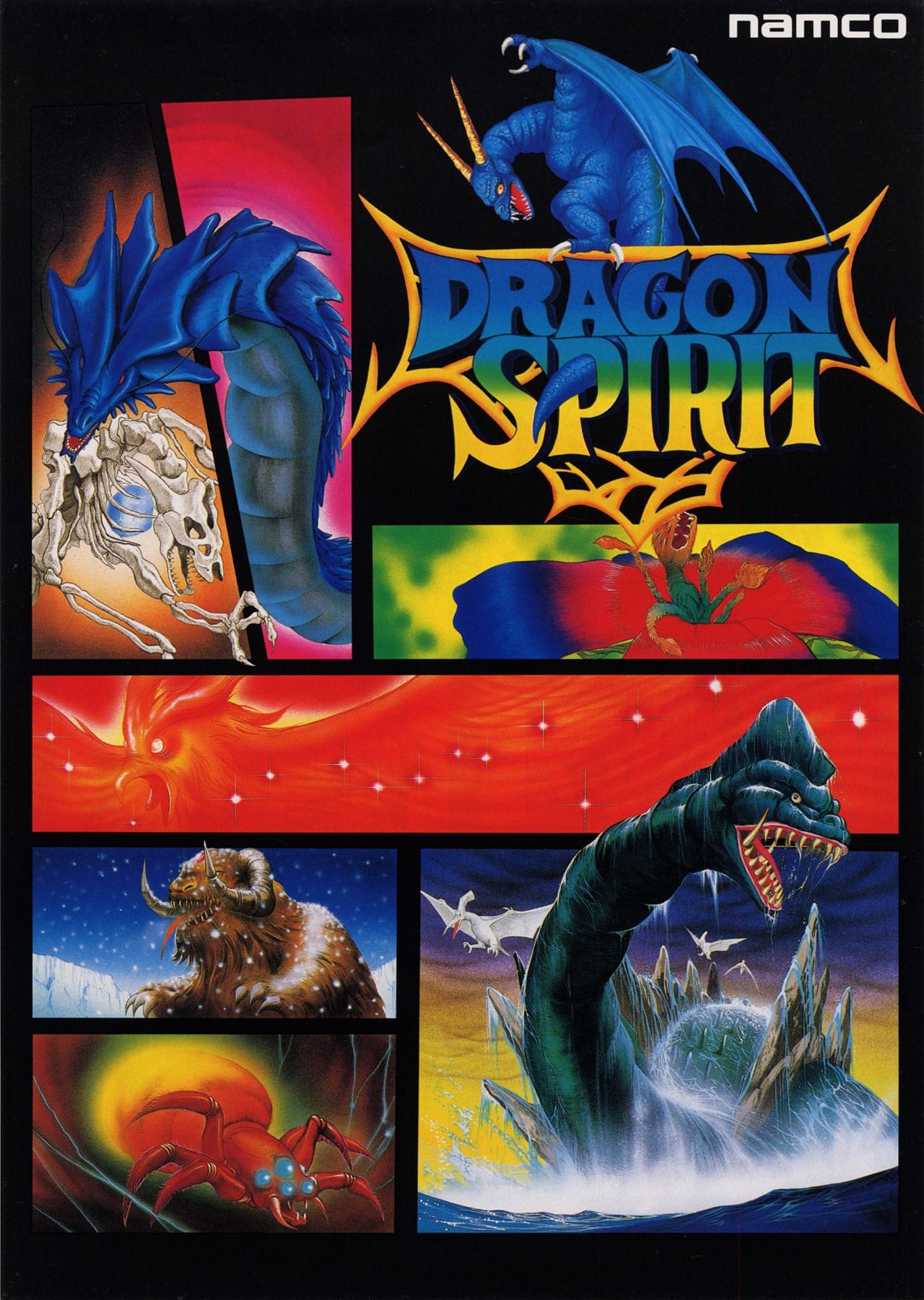
As the 1980s marched on, the arcade battlefield was becoming crowded. Competitors were pouring resources into flashier machines, smoother animations, and bigger gameplay experiences. Namco’s answer wasn’t just to make better games—it was to build the hardware that would power them.
Enter the Namco System 1 in 1987. This hardware platform was designed to give developers more creative room than ever before. Its debut titles were a statement of intent. Dragon Spirit whisked players into a fantasy world where they took control of a dragon, scorching enemies across lush, vertical-scrolling landscapes. The game’s vibrant colors and massive bosses made it feel epic in a way earlier shooters couldn’t match.
But Namco wasn’t stopping there. The Namco System 2, introduced in 1988, was a leap forward in raw processing power, pushing even richer visuals, more complex animations, and deeper gameplay. Titles like Rolling Thunder 2 brought smooth, side-scrolling espionage action to life, while Steel Gunner offered an intense, first-person light-gun shooter experience that felt ripped from an action movie.
This relentless hardware innovation kept Namco a step ahead of the pack. While others chased trends, Namco built the tools to create them. The company wasn’t just keeping pace with the arcade boom—it was dictating where it went next, one hardware platform at a time.
The Fighting Game Renaissance
By the early 1990s, the gaming landscape shifted. Fighting games were about to become the hottest genre on the planet, and Namco wasn’t about to be left behind. The company leapt into the fighting game arena with a vision that would reshape competitive play forever.
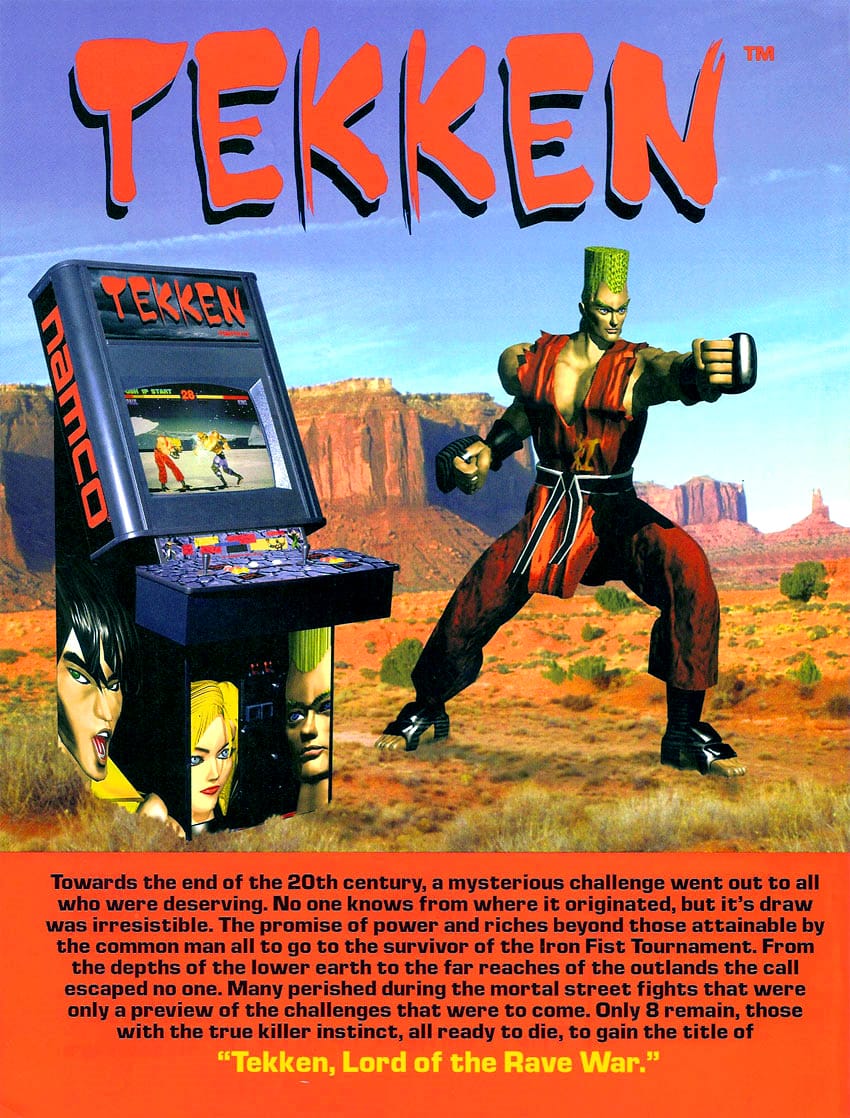
In 1994, Namco unleashed Tekken, a full 3D fighter that felt like nothing else on the market. In a world dominated by Street Fighter and Mortal Kombat, Tekken carved out its own niche with full 3D movement, a cinematic presentation, and a combat system that emphasized depth over button-mashing. Characters moved with depth, sidestepping attacks and weaving through cinematic arenas. Every punch, kick, and throw carried weight, demanding timing, strategy, and a mastery of each fighter’s unique style. The game offered a sense of realism and fluidity that made battles feel like authentic martial arts duels rather than button-mashing contests.
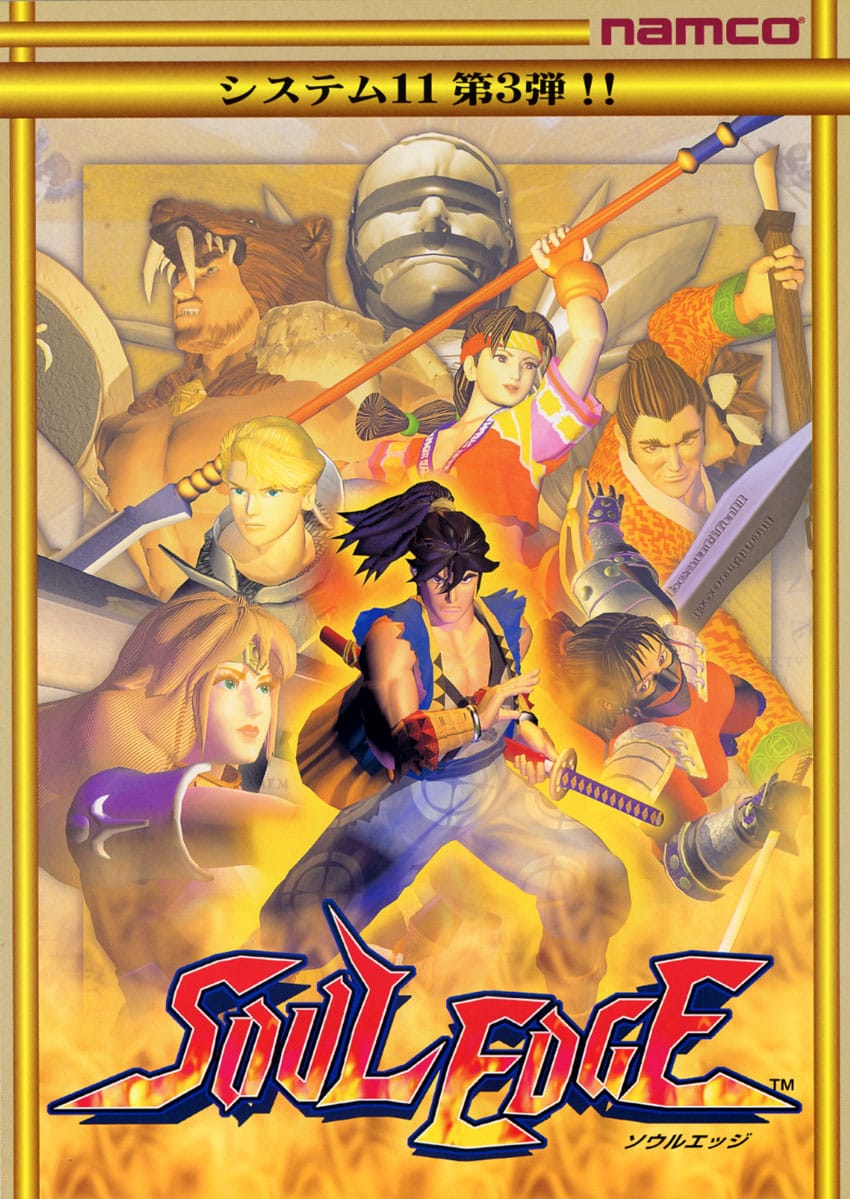
A year later, Soul Edge (the precursor to the legendary Soulcalibur series) added another layer of innovation: weapons-based combat. Instead of relying on bare fists and projectiles, players now had swords, axes, and other armaments to master, each with its own reach, speed, and strategy. The arenas were immersive, the combos intricate, and the lore surprisingly rich, giving the fighting genre a narrative and tactical depth previously unseen in arcades.
With Tekken, Soul Edge, and other titles, Namco didn’t just compete—it redefined the expectations for competitive fighting games. The arcade was no longer just a place to test reflexes; it became a proving ground for strategy, timing, and mind games. Namco had transformed the fighting genre into a spectacle of precision and personality, and its influence is still felt in tournaments and consoles worldwide.
Namco and the Home Console Era of the ’90s
As the 1990s unfolded, arcades remained vibrant, but home consoles were quickly becoming the epicenter of gaming. Namco, ever the innovator, recognized that the next frontier wasn’t just bigger screens—it was bringing the arcade thrill directly into living rooms.
The launch of Sony’s PlayStation in 1994 gave Namco the perfect platform. The company delivered arcade-perfect conversions of its hits like the groundbreaking Tekken 3, which introduced faster combos, deeper mechanics, and iconic characters that would define the series for years. Meanwhile, Soulcalibur, which would debut on the Sega Dreamcast, continued this legacy, refining mechanics and presentation for the next generation.
Beyond fighters, Namco kept its classic franchises thriving. Pac-Man World revitalized the iconic maze-chaser with 3D platforming adventures, while Ace Combat 3: Electrosphere delivered cinematic aerial battles that pushed console hardware to the limits. Each title demonstrated Namco’s ability to balance arcade leadership with home console mastery, ensuring that players received the same thrilling experiences without leaving their couches.
Racing fans were also treated to Ridge Racer Type 4, a landmark entry for the PlayStation that pushed 3D graphics, drift mechanics, and soundtrack design to new heights. It combined the high-speed arcade thrill of the original with deeper customization and narrative elements, proving that Namco could evolve its franchises for the home console audience without losing the core excitement that made them legendary.
Balancing this new venture with their ongoing arcade dominance was no small feat. Namco had to maintain its reputation as the king of the arcade while simultaneously mastering console development, a field with different hardware limitations, audience expectations, and pacing. They navigated this tightrope with finesse, ensuring that neither arena suffered.
The result was a dual dominance: Namco remained a titan in arcades while establishing itself as a powerhouse in the rapidly growing home console market. By the mid-’90s, they weren’t just shaping arcade culture—they were helping define what a generation of gamers expected from home entertainment, blending nostalgia with fresh, boundary-pushing experiences.
Namco in the 2000s: Expanding Horizons
The 2000s were a decade of bold experimentation and genre-defining hits for Namco. No longer just an arcade titan, the company embraced the full spectrum of gaming, delivering experiences that spanned epic narratives, quirky creativity, and high-octane action.
Klonoa 2: Lunatea’s Veil transported players back to the whimsical, 2.5D platforming world of Klonoa, blending charming visuals with clever puzzles and emotional storytelling. Meanwhile, Xenosaga Episode I: Der Wille zur Macht proved Namco could tackle epic, cinematic RPGs, introducing Western audiences to a sci-fi saga rich in philosophy, intrigue, and complex character arcs.
Classic franchises also continued to shine. Pac-Man World 2 revitalized the iconic maze-chaser with 3D platforming, new abilities, and imaginative worlds, while Ace Combat 5: The Unsung War pushed aerial combat to thrilling new heights, offering cinematic dogfights and detailed storytelling that made every mission feel consequential.
Innovation came in unexpected forms, too. Katamari Damacy turned conventional game design on its head, inviting players to roll up everything in sight into a giant sticky ball, delivering absurd humor, catchy music, and a fresh, playful approach to interactivity. Racing fans got Ridge Racer on the PSP, a portable thrill ride that preserved the arcade-perfect drift mechanics and high-energy soundtrack for gaming on the go.
Namco also strengthened its fighting game legacy with Tekken 5 and Soulcalibur II. These games introduced deeper combo systems, guest characters, and refined mechanics, solidifying the series as a benchmark for 3D fighters. Across genres and platforms, the 2000s showcased Namco’s versatility and vision: a company unafraid to honor its past while exploring bold new directions, ensuring its legacy remained as relevant as ever.
Mergers, Expansions, and the Birth of Bandai Namco
By the early 2000s, the gaming landscape had transformed into a global juggernaut, and Namco found itself at a crossroads. The arcade scene, once the beating heart of the industry, was shrinking as home consoles took center stage. While Namco had successfully transitioned into the console market with franchises like Tekken, Ridge Racer, and Soulcalibur, the company needed to evolve to stay competitive. The answer? A merger that would reshape the face of Japanese gaming forever.
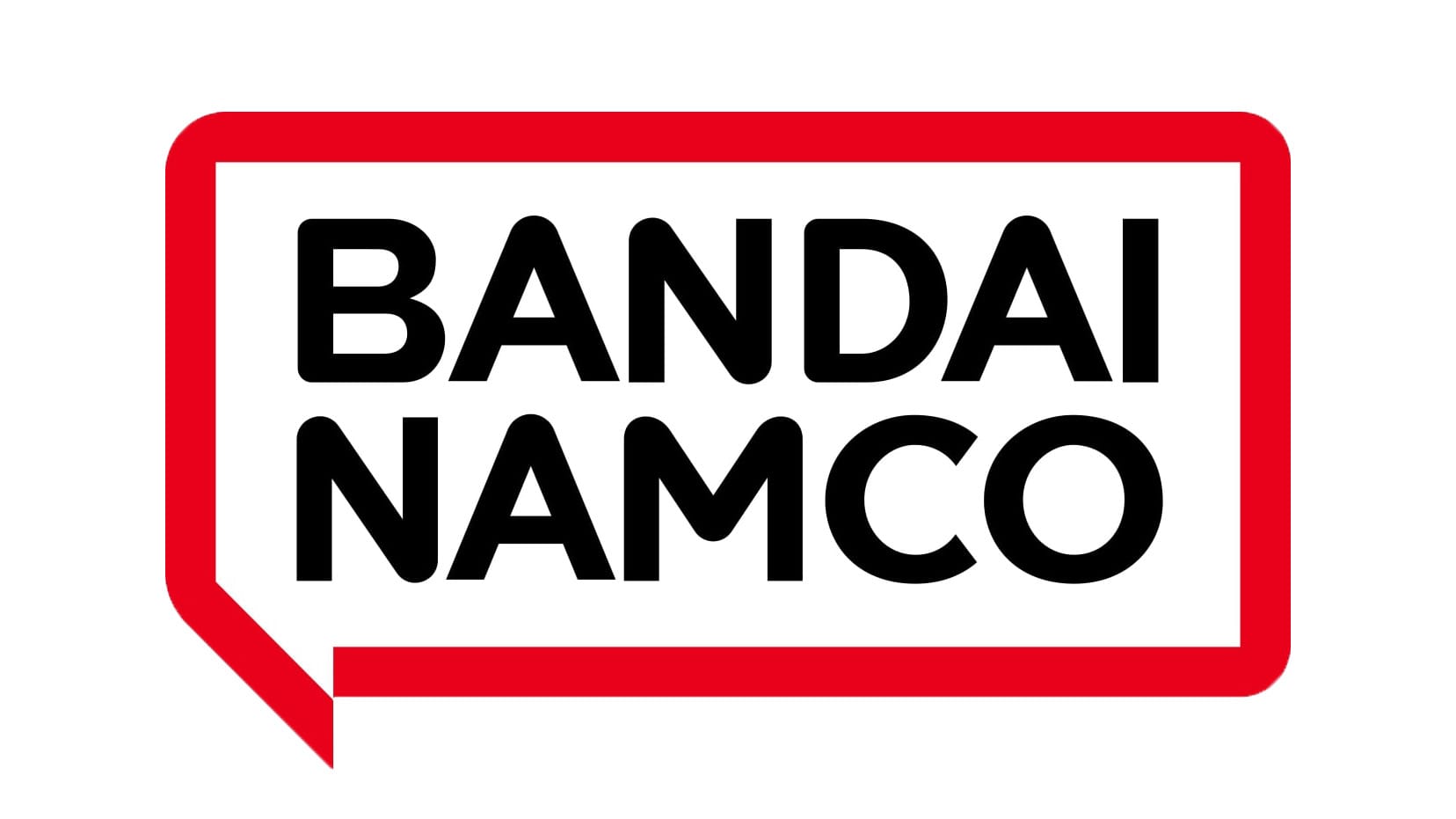
In 2005, Namco officially joined forces with toy and entertainment giant Bandai, forming Bandai Namco Holdings Inc. This wasn’t just a business move—it was a strategic fusion of two entertainment powerhouses. Namco brought its decades of arcade and gaming expertise, while Bandai contributed its vast intellectual property empire, spanning anime, toys, and media franchises. The result was a synergy that extended far beyond video games. Suddenly, Namco wasn’t just making hit titles—it was integrating beloved properties like Gundam, Dragon Ball, and Naruto into its gaming ecosystem. This merger solidified Bandai Namco as a multimedia titan, capable of dominating both digital and physical entertainment spaces.
Despite shifting focus, Namco’s arcade DNA never faded. The company continued to celebrate its legacy with revivals of its classic properties, keeping franchises like Pac-Man alive through new iterations and compilations. The Pac-Man Championship Edition series, launched in 2007, reimagined the iconic maze-chomping action with dazzling neon visuals and breakneck speed, proving that even a 1980s classic could feel cutting-edge. Meanwhile, Namco’s arcade spirit lived on through its investment in immersive experiences—VR arcades, elaborate rhythm games like Taiko no Tatsujin, and large-scale attractions in Japan that honored the golden age of coin-op gaming.
Conclusion
Even decades after the neon-lit arcades first hummed to life, Namco’s influence is impossible to ignore. Classic franchises continue to thrive in the modern era, such as Tekken, Ace Combat, and Soulcalibur. The company has cemented itself as a leader in the gaming industry. It has expanded into esports, mobile gaming, and blockbuster collaborations, ensuring its influence remains as powerful as ever.
What keeps these titles relevant isn’t just brand recognition—it’s Namco’s design philosophy. The company has always prioritized accessibility paired with depth, creating games that are easy to pick up but hard to master. Character-driven gameplay, clever mechanics, and a sense of fun infused into every pixel make its titles resonate across generations. Whether it’s the precise timing of a Tekken combo, the strategic planning in a Pac-Man maze, or the sheer thrill of a Ridge Racer drift, Namco proves that a single vision can leave an enduring mark on generations of players.
From the earliest coin-op cabinets to today’s esports stages and digital platforms, Namco has shaped how we play, compete, and connect. Its legacy isn’t confined to the past—it’s alive in every joystick, every console, and every player daring to take on a challenge, one pixel at a time.

